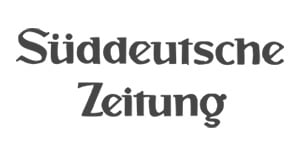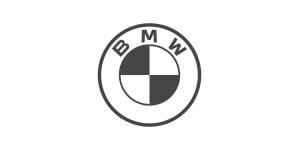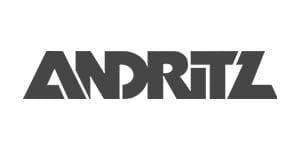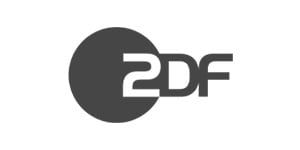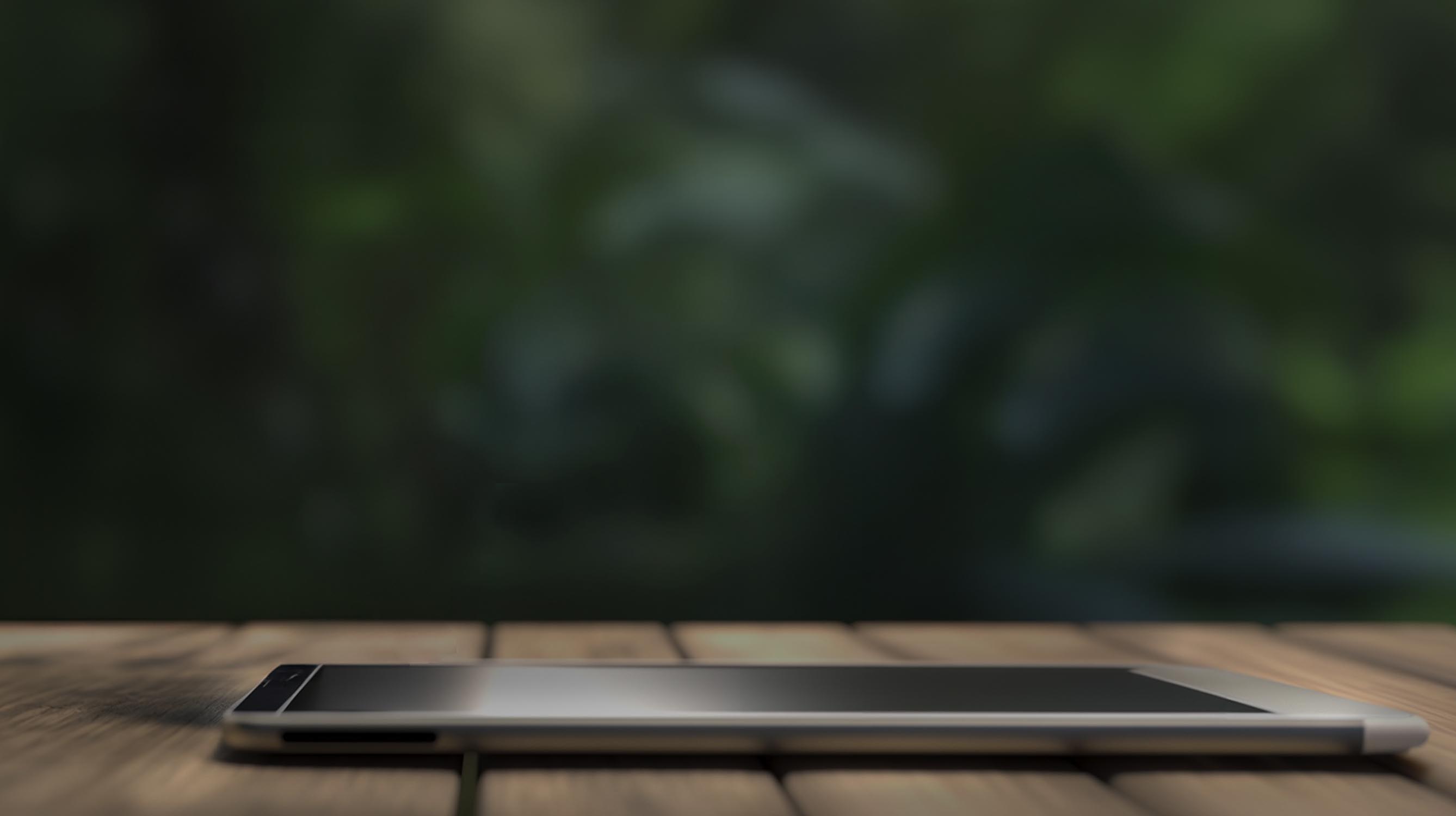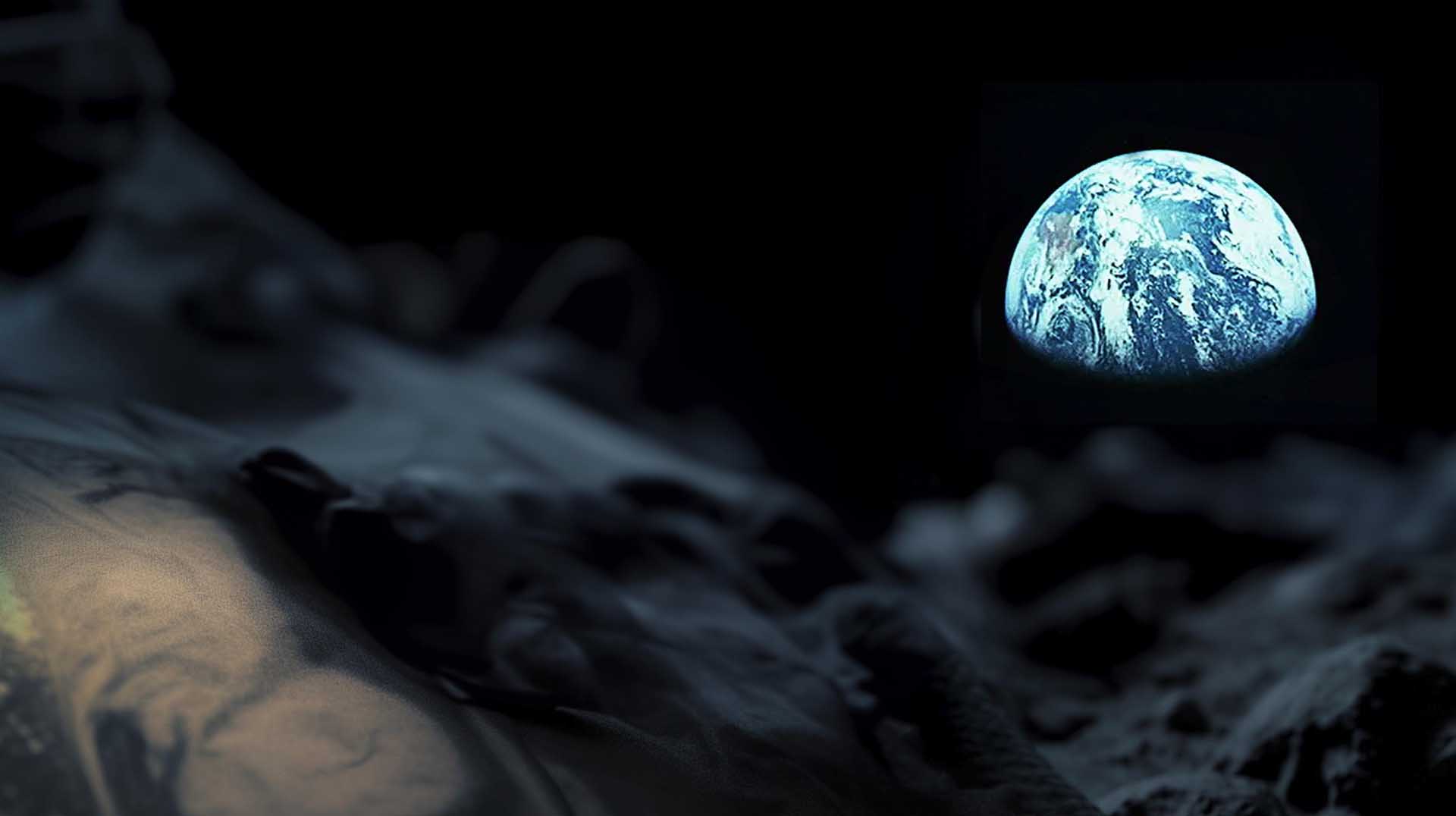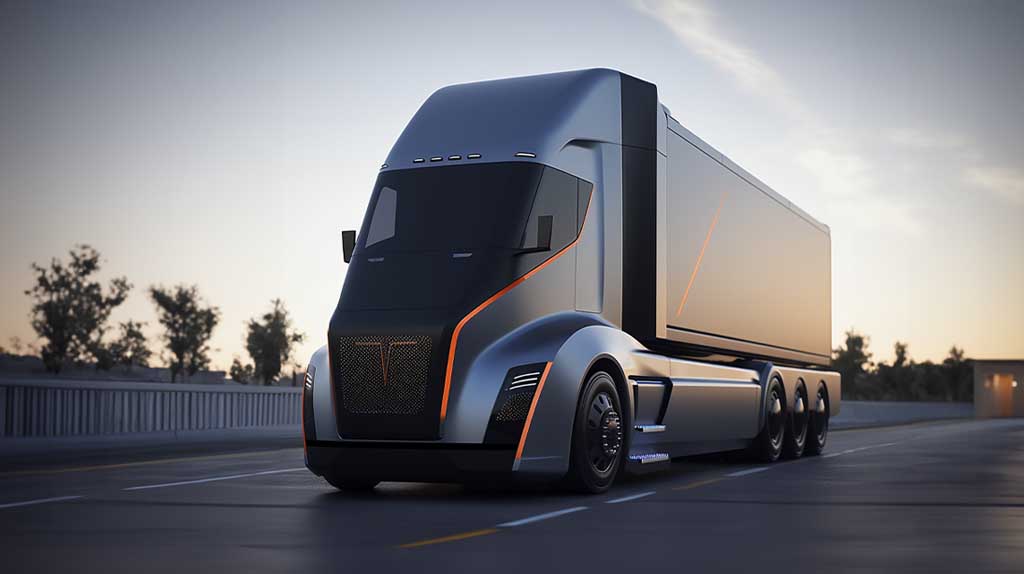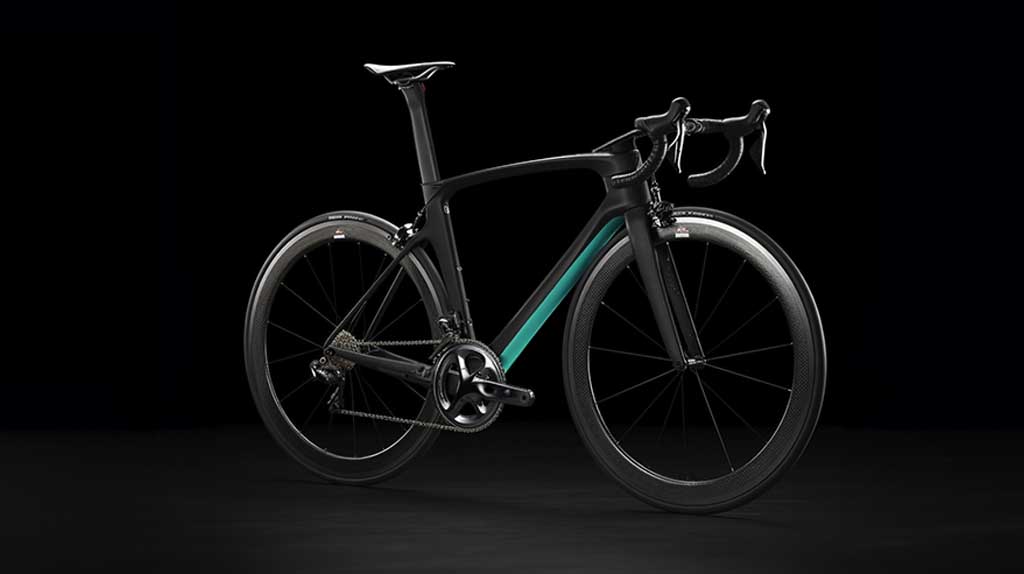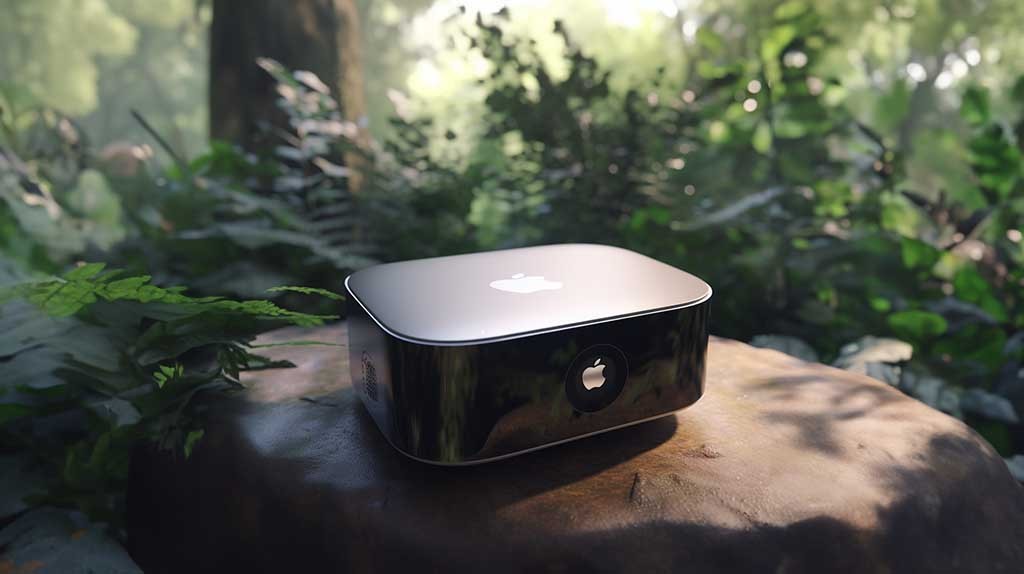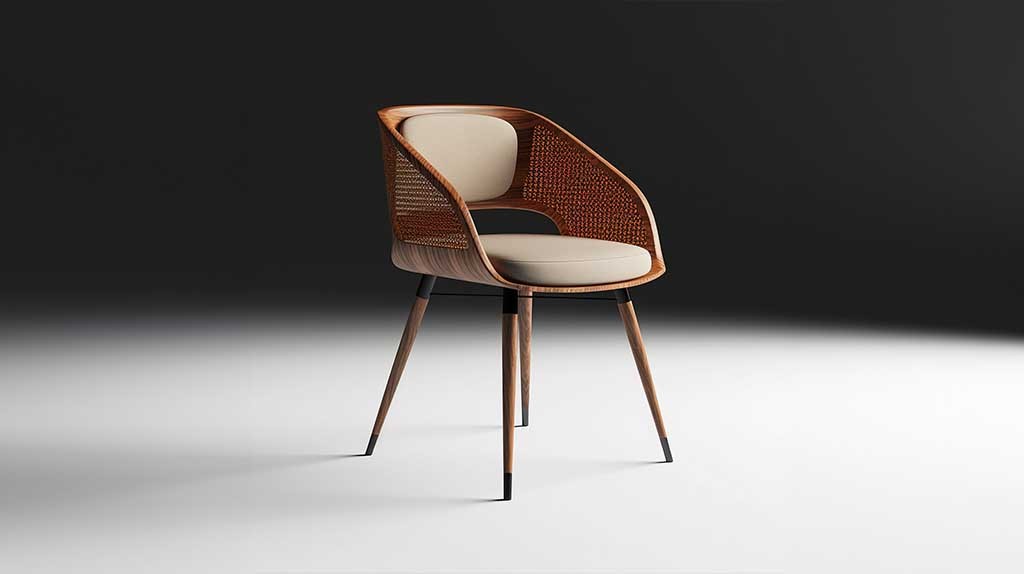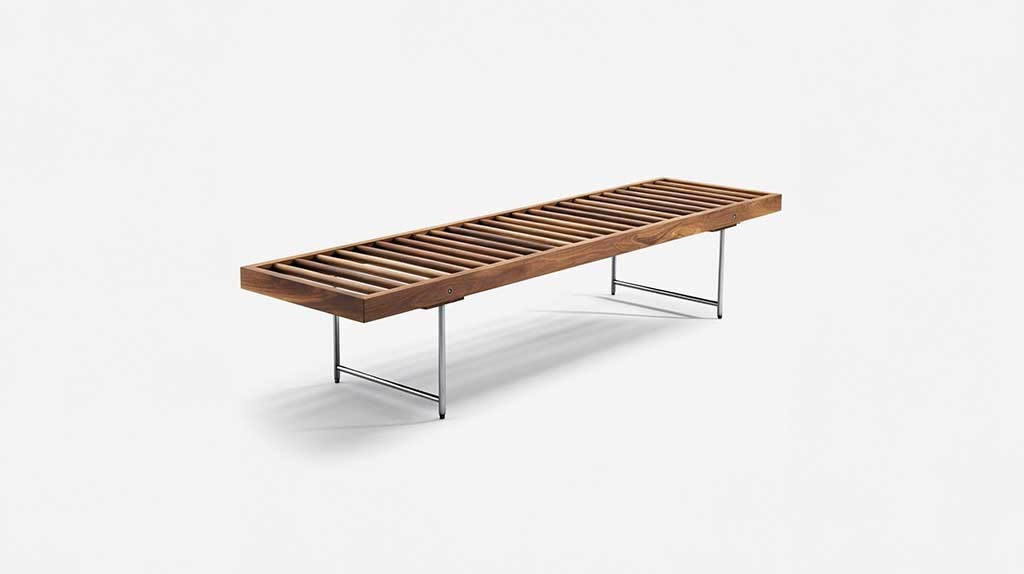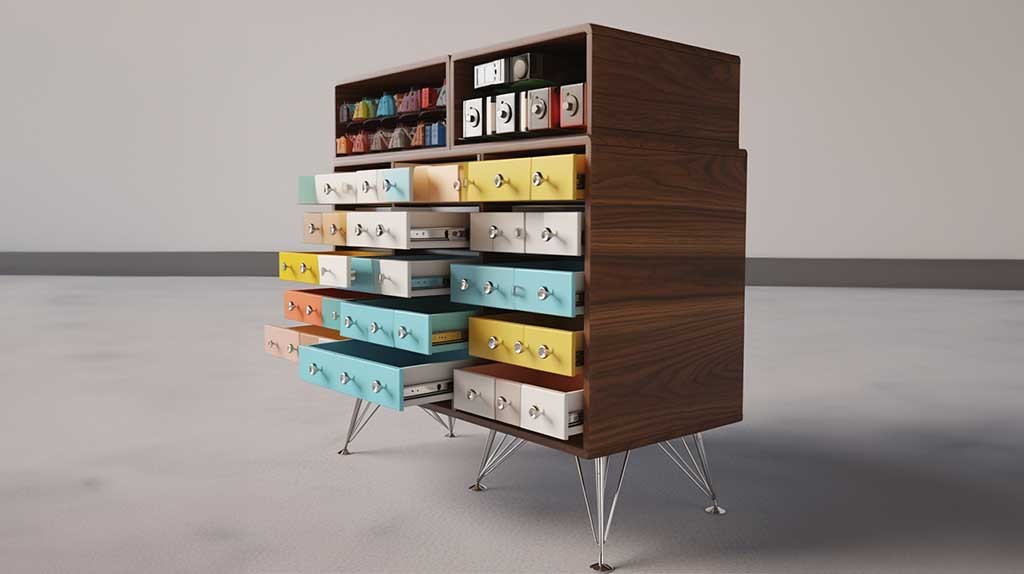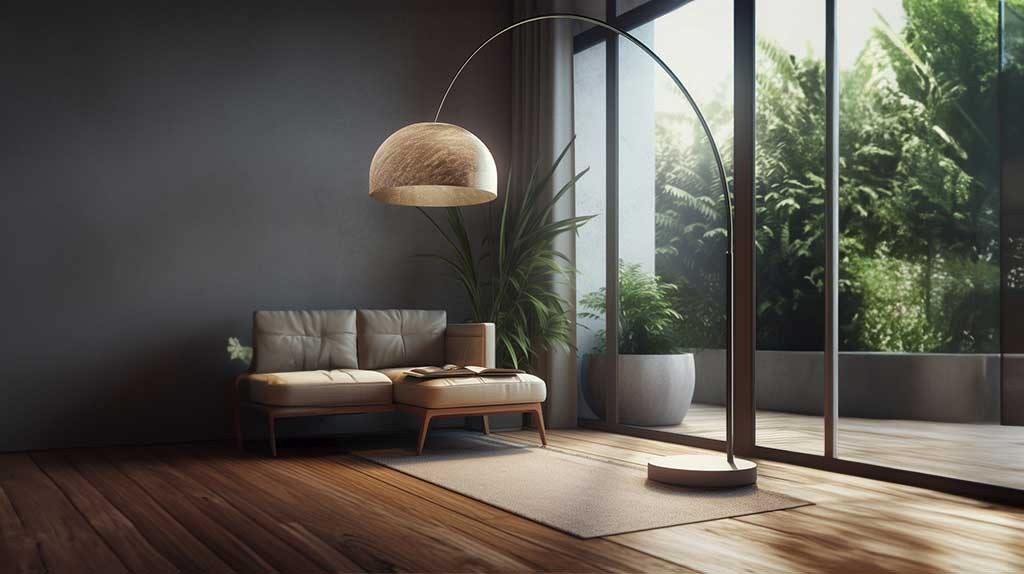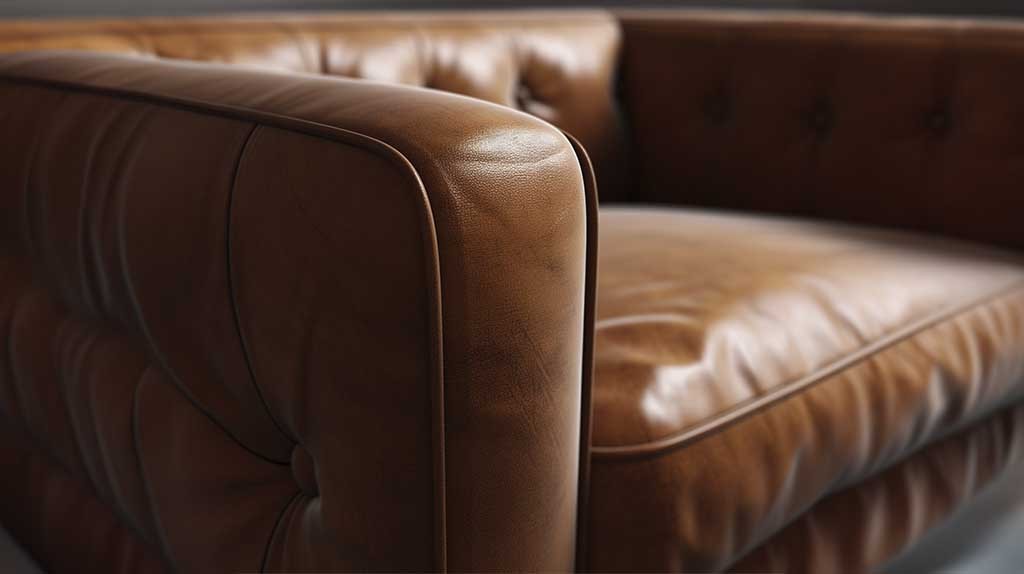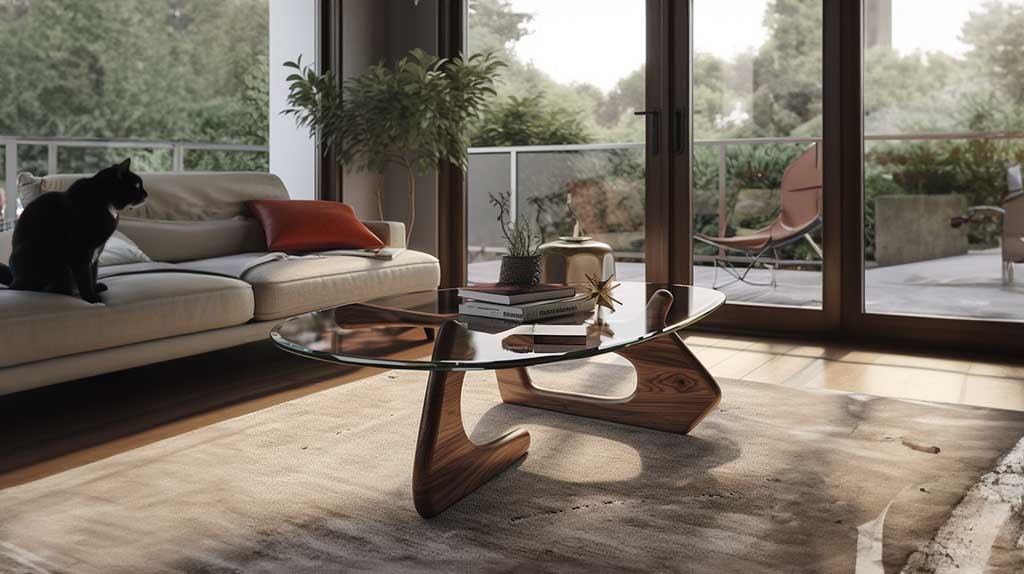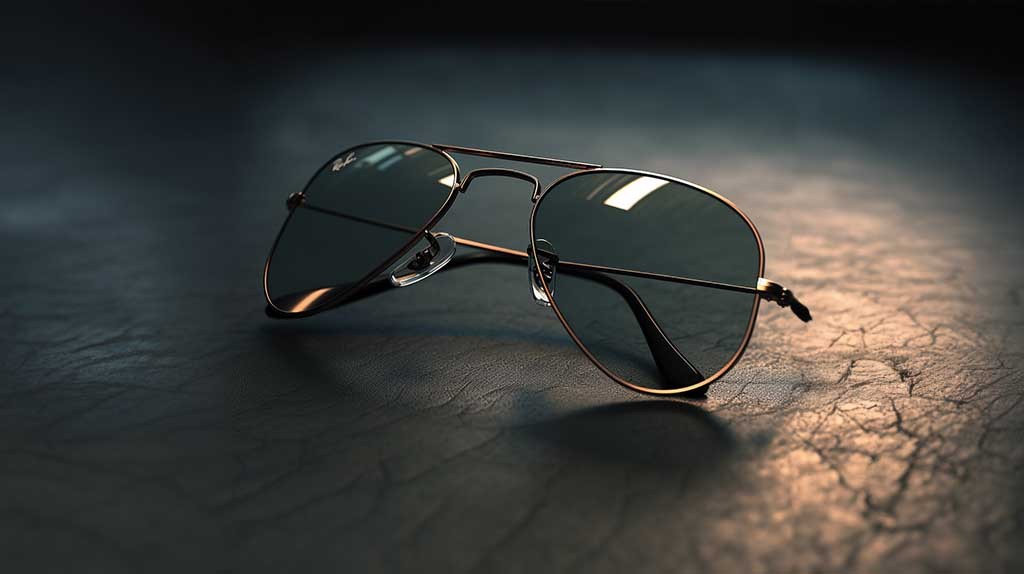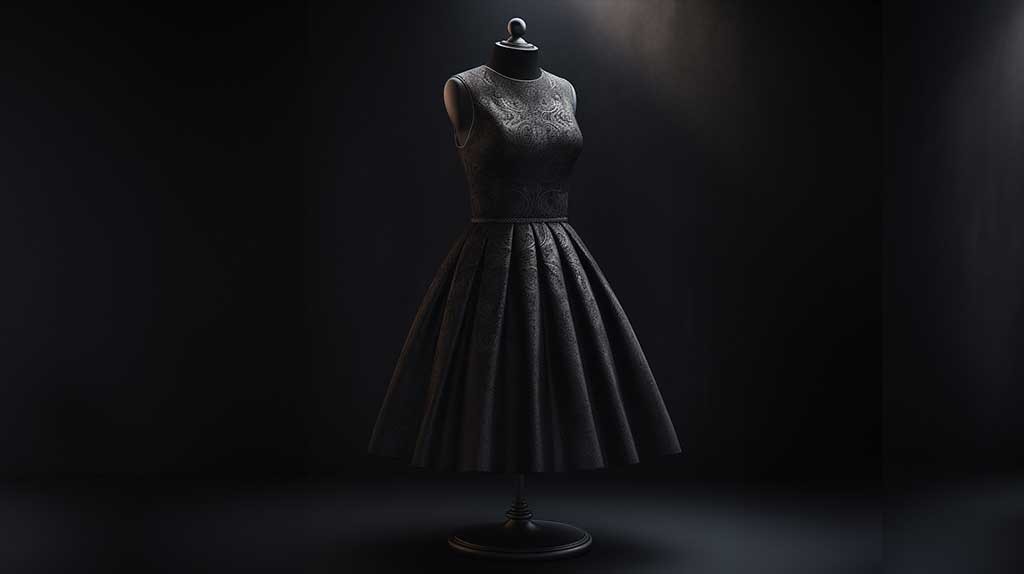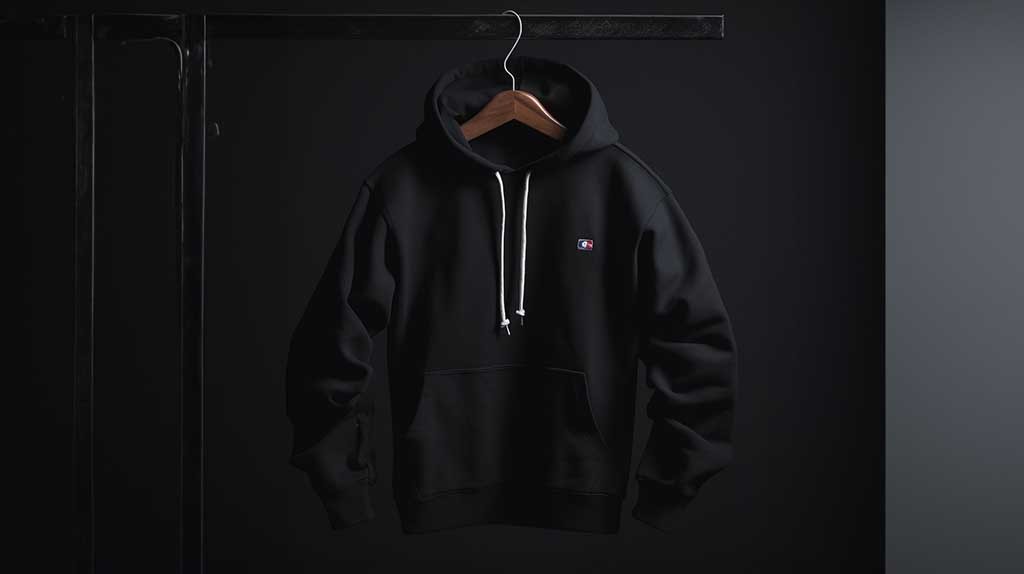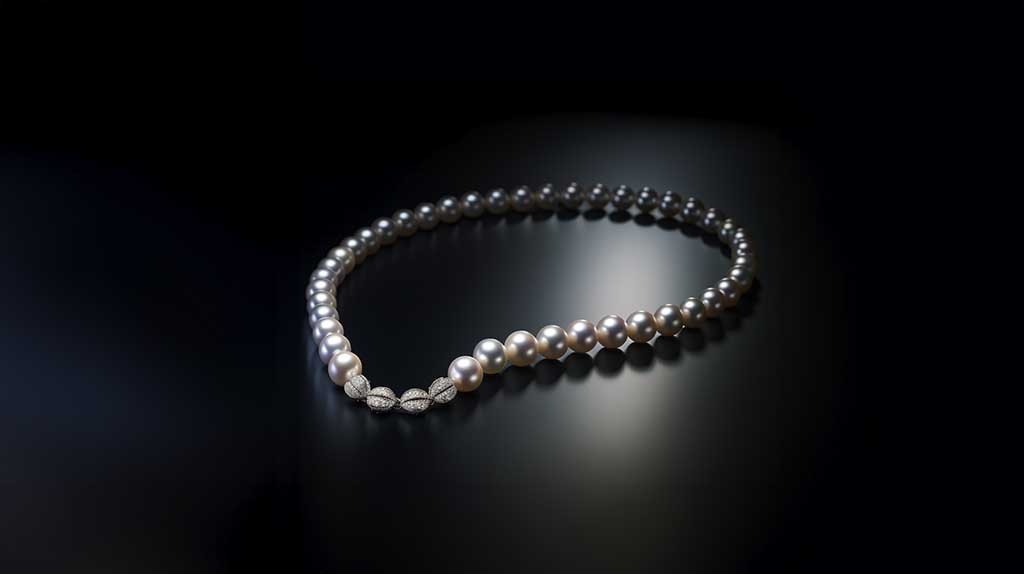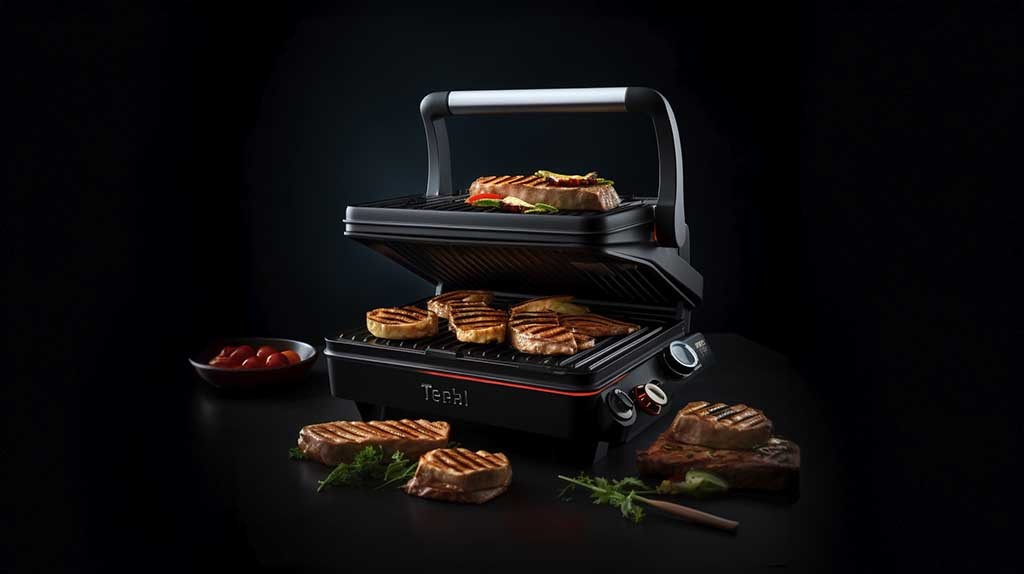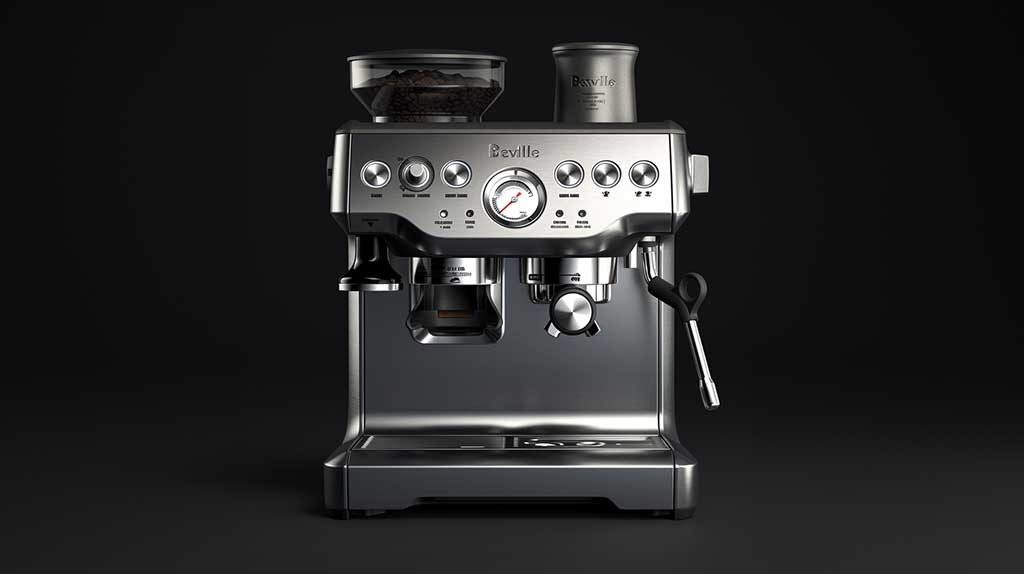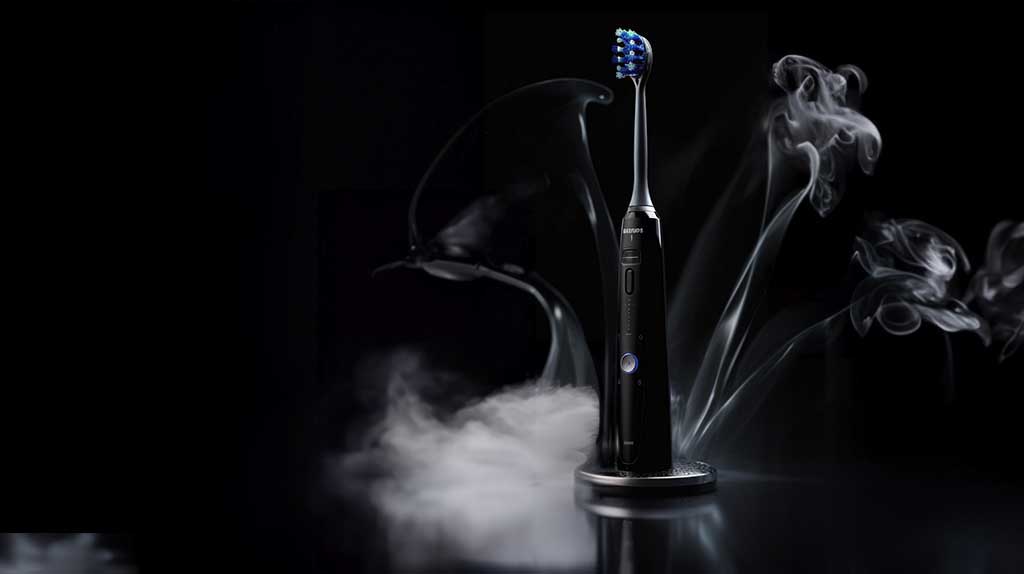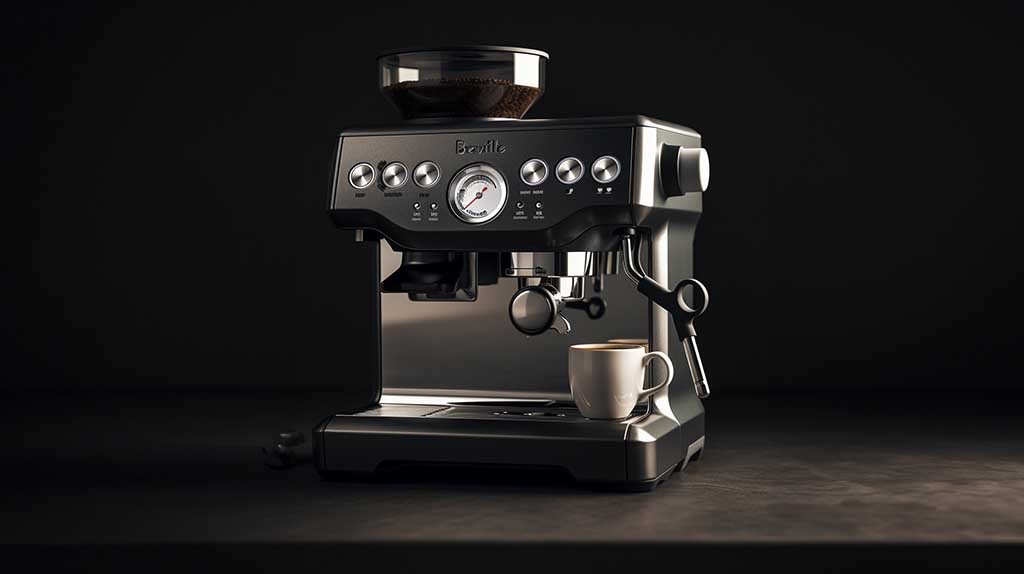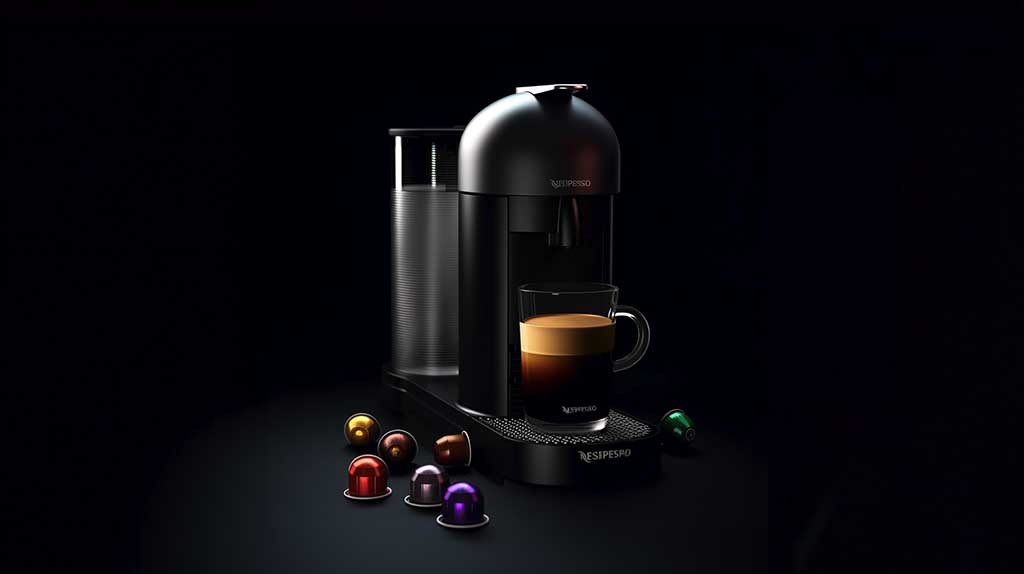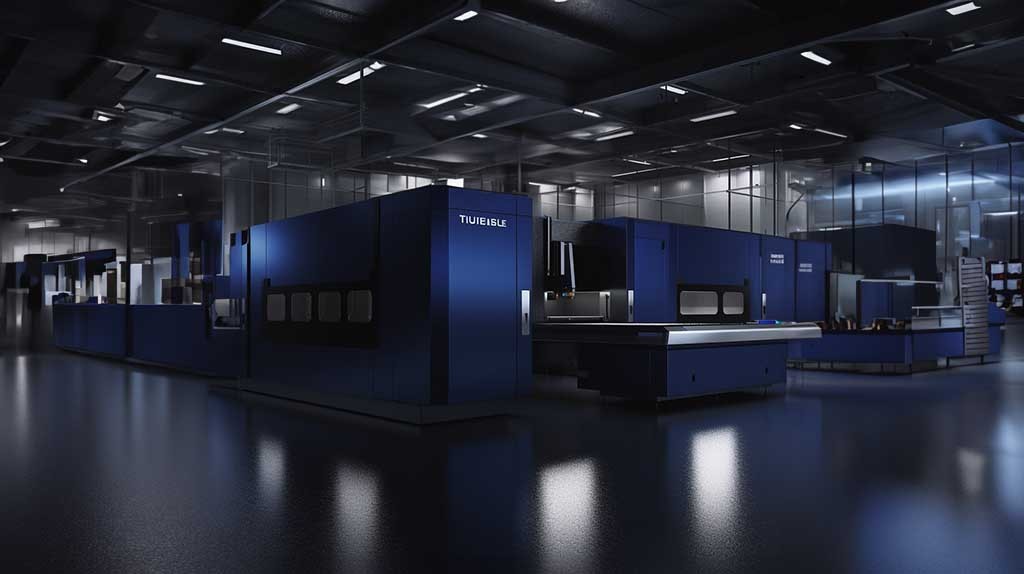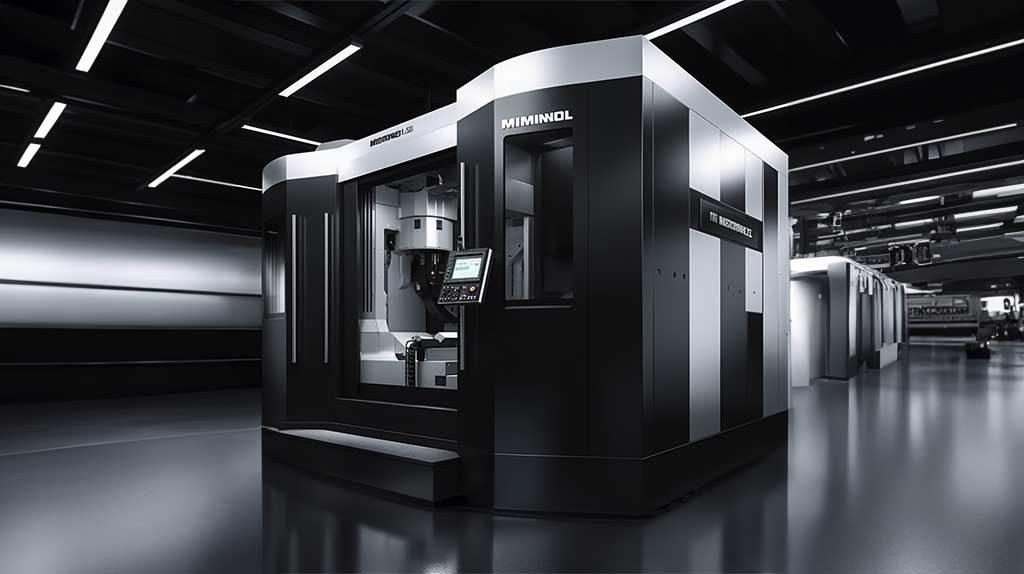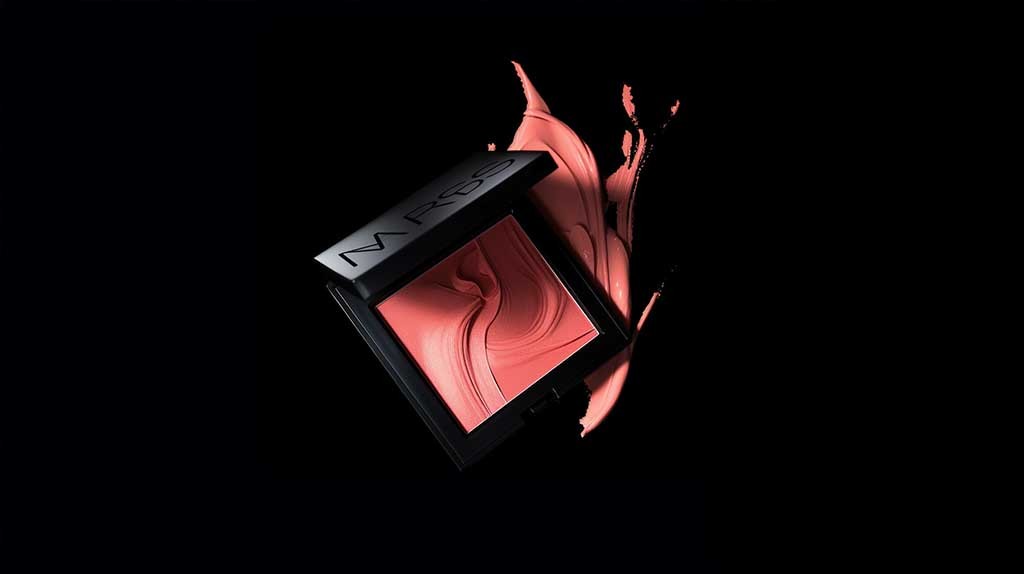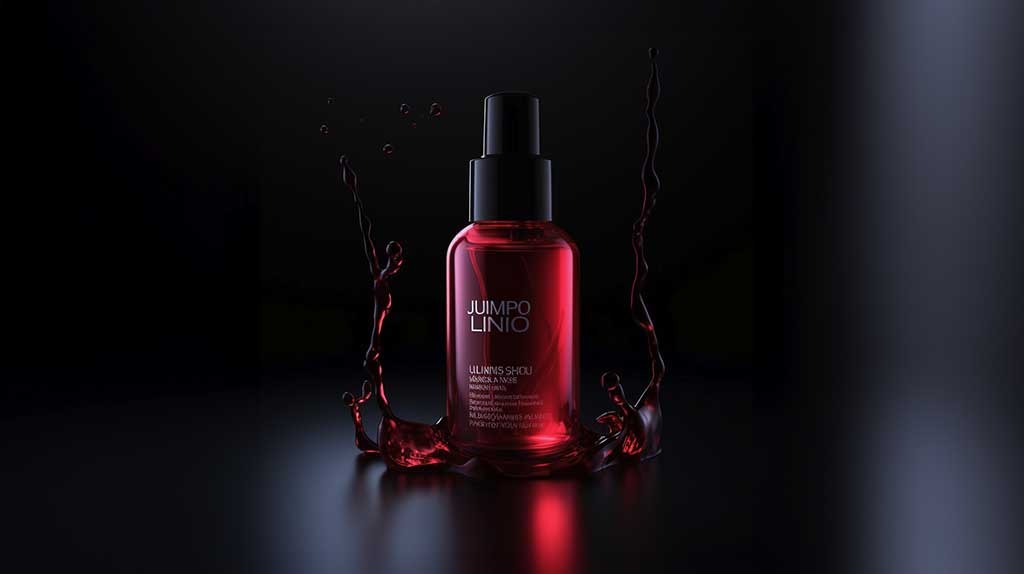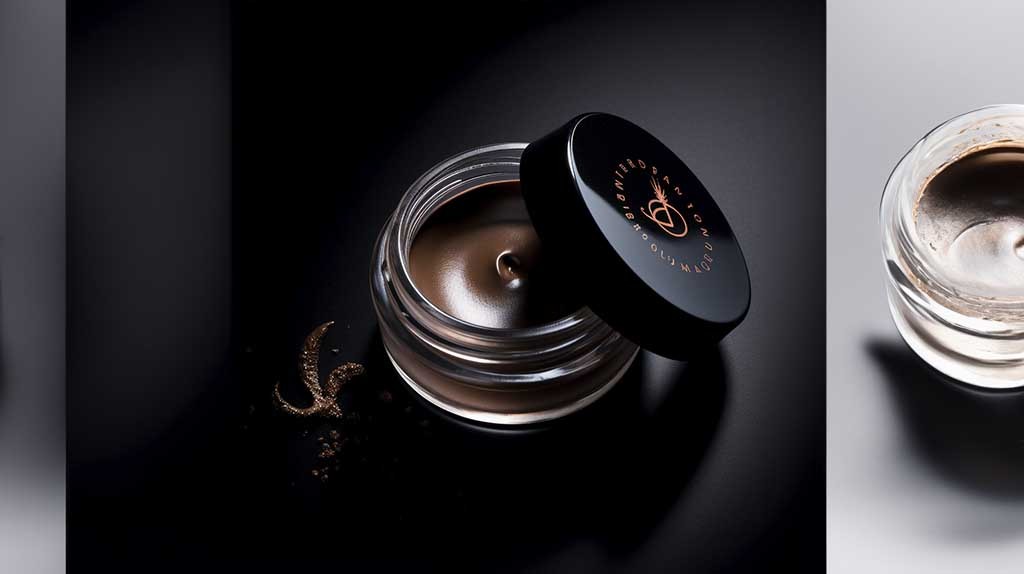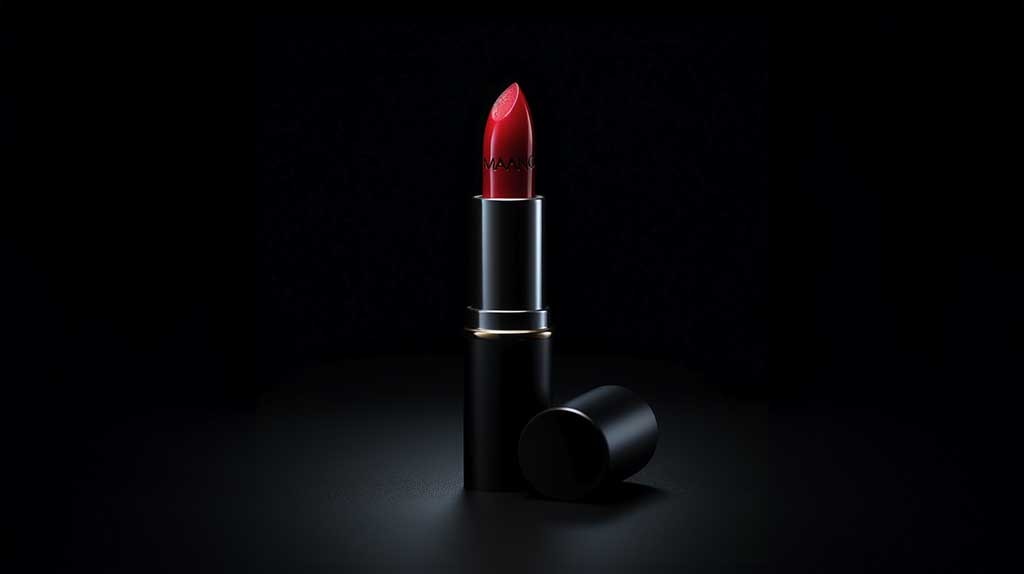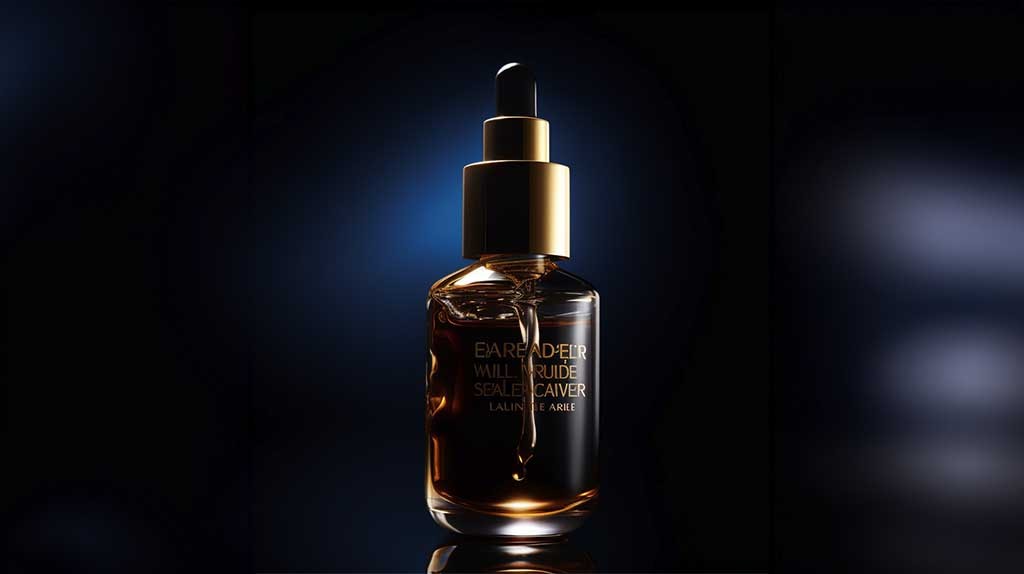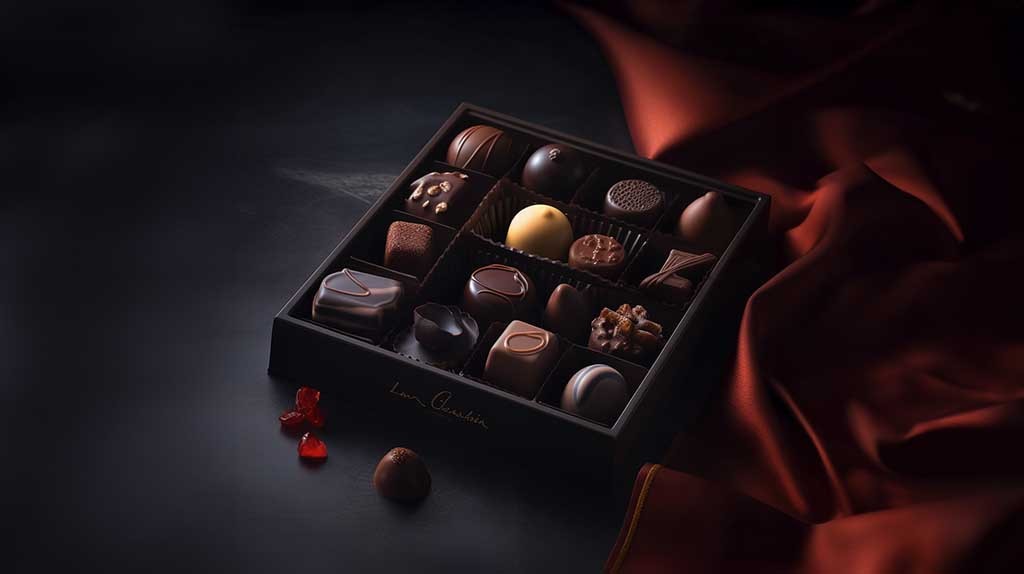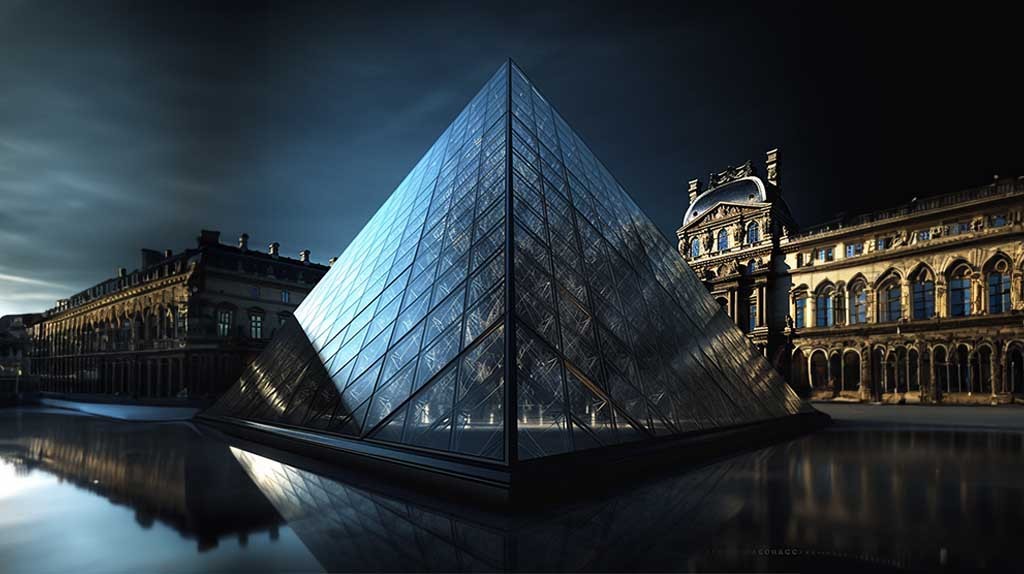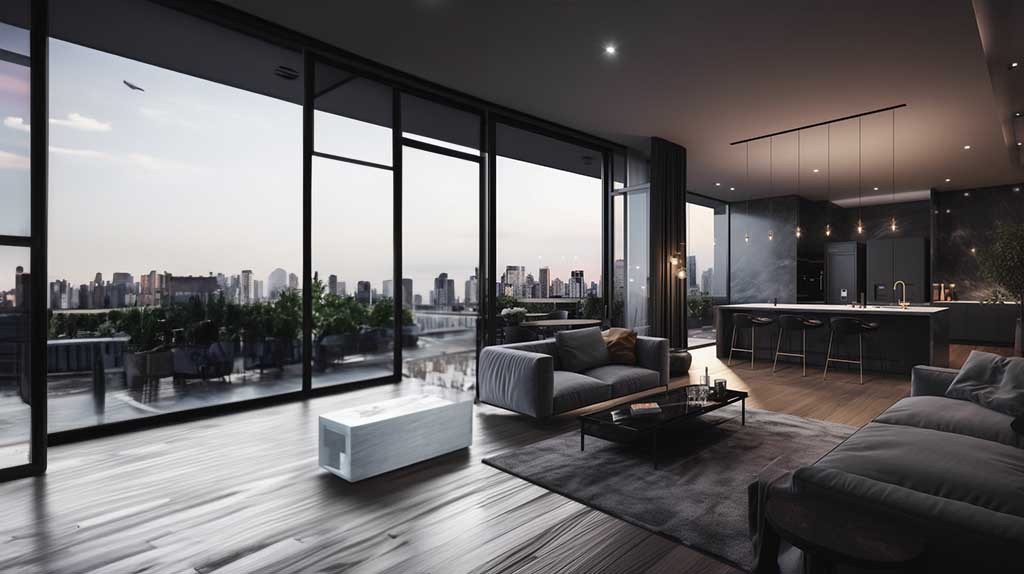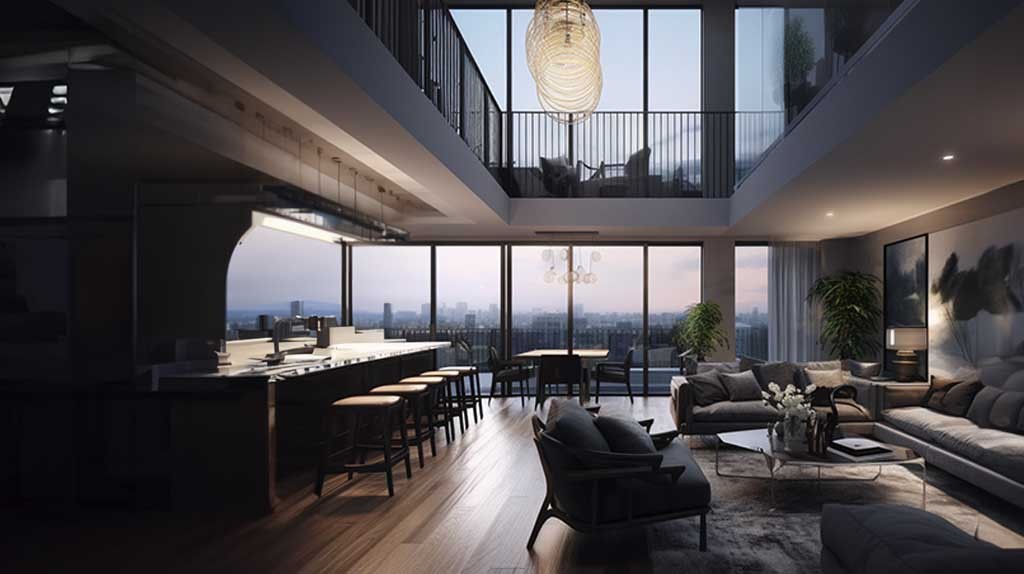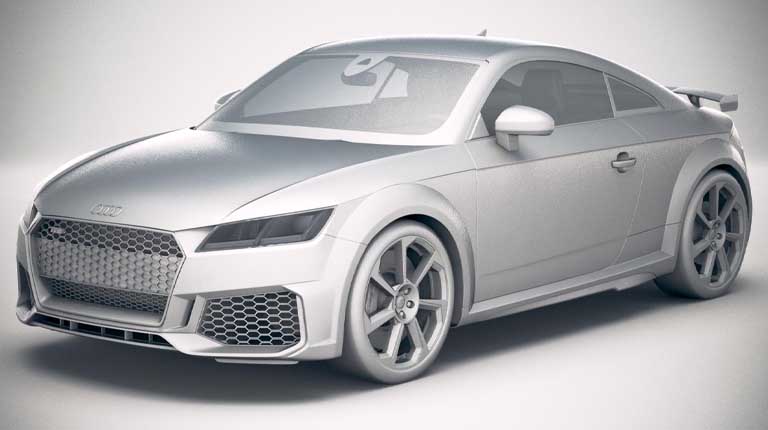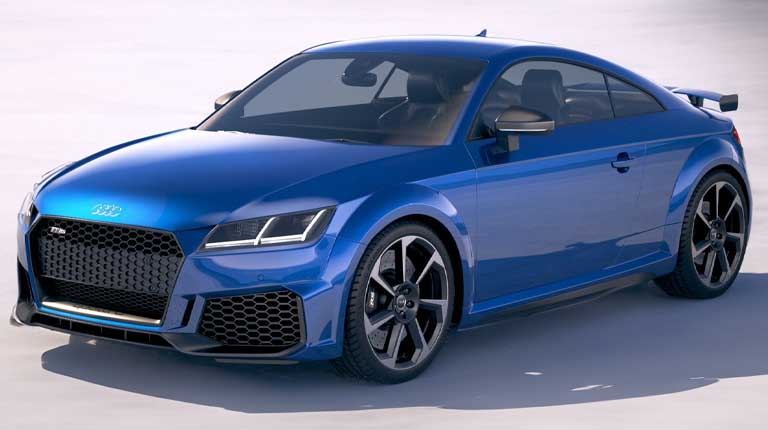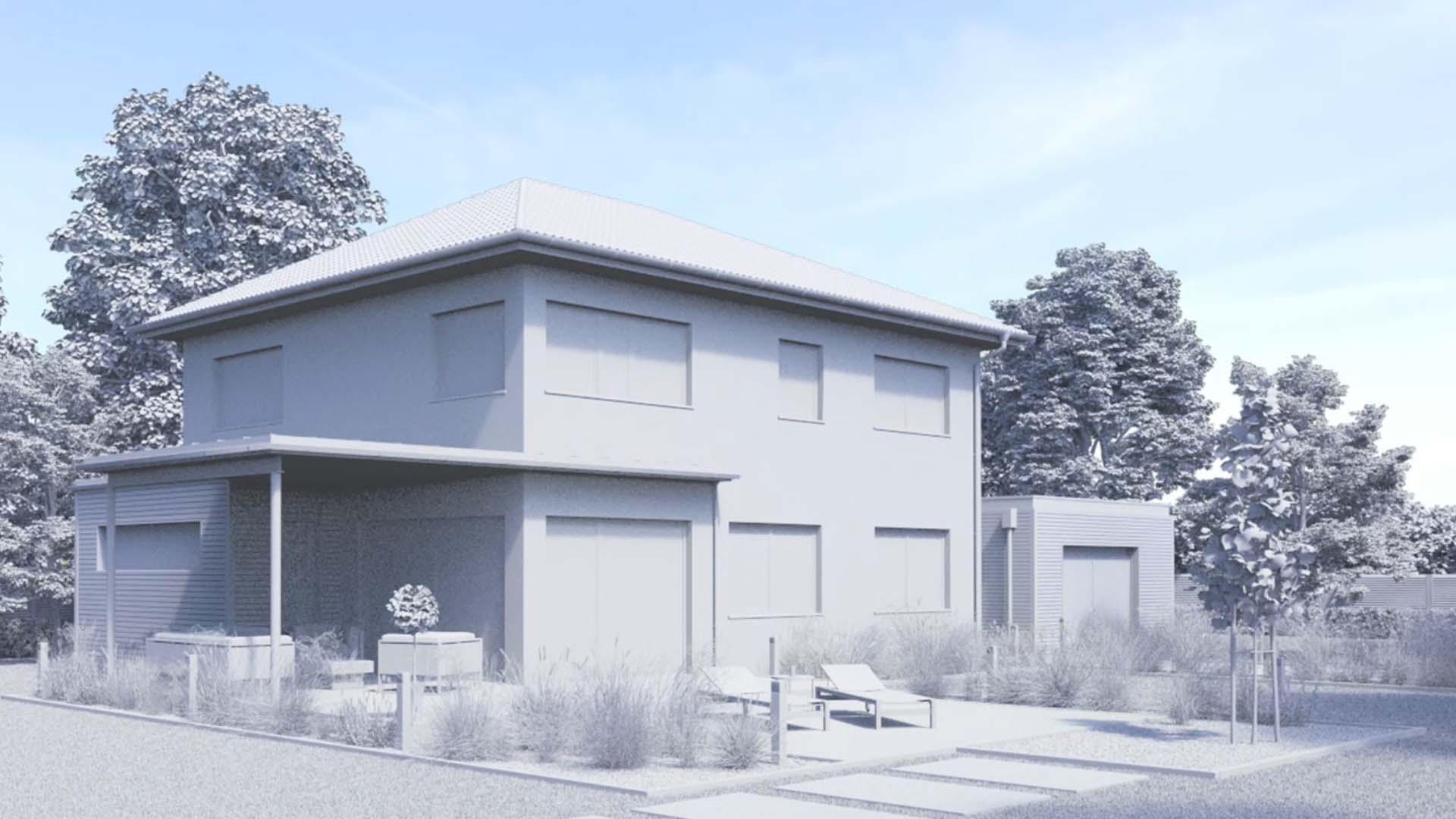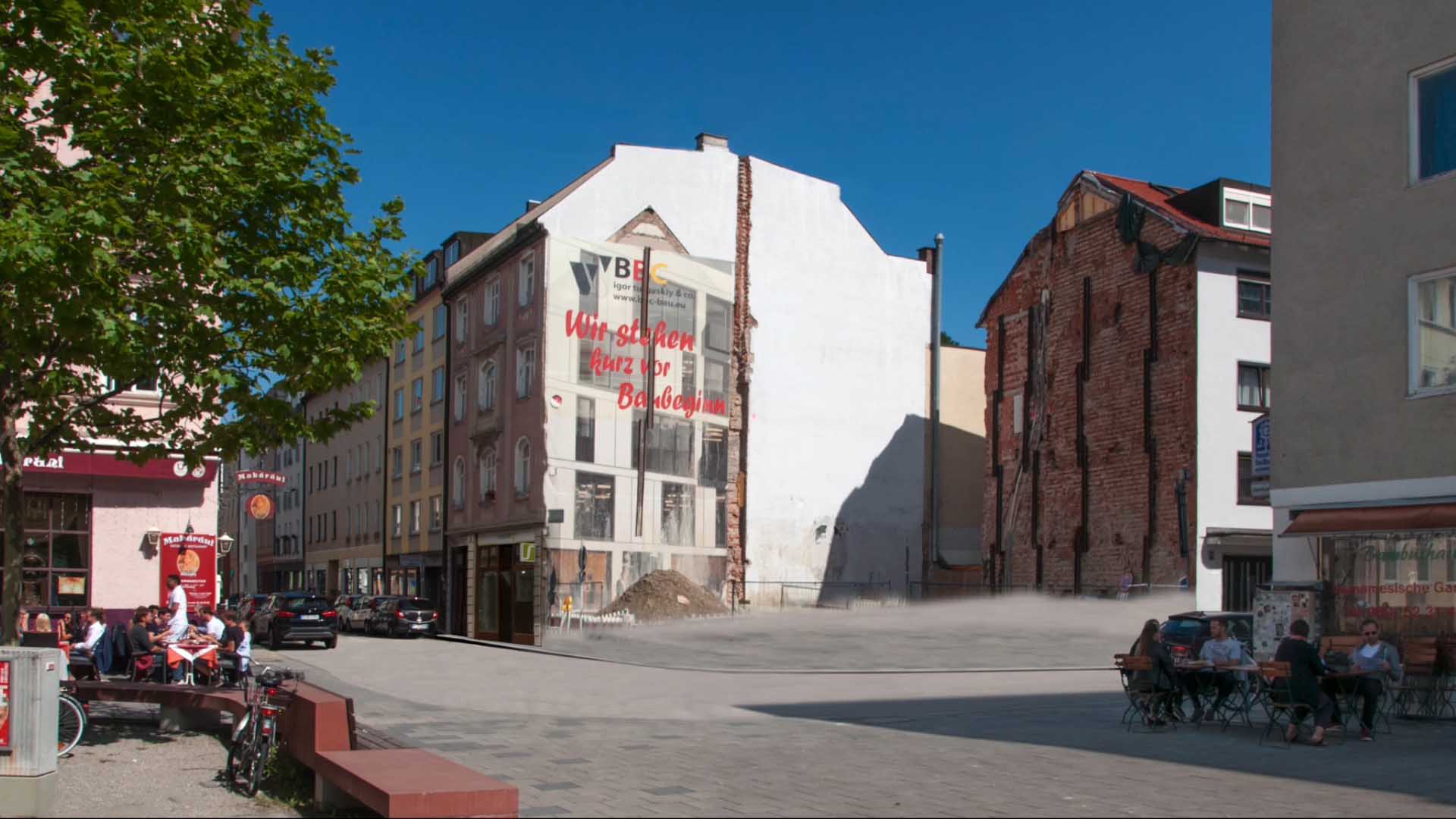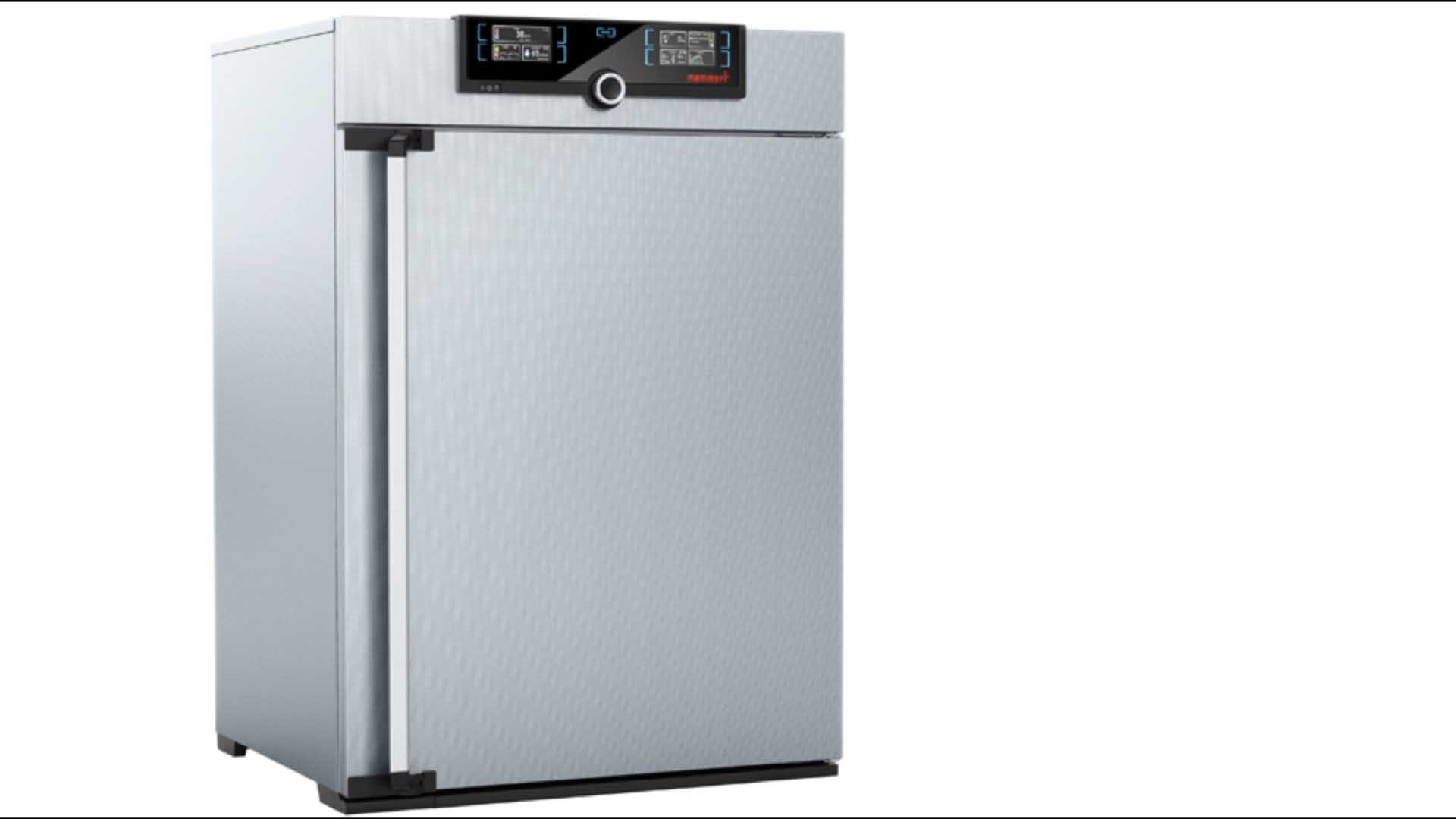Experts in Virtual Photography.
Open up new possibilities in the field of User Experience and Visualization with our expertise in Virtual Photography.
- Full Service: We accompany you from the idea to the final virtual photo or video production. Realize breathtaking 3D shots for marketing or training.
- Custom Solutions: Our services in the field of Virtual Photography are industry-independent and tailored to your specific needs. Whether it’s product visualizations or virtual real estate tours – we make it possible.
- Technological Edge: Use state-of-the-art technologies in Virtual Photography to create visually appealing and interactive experiences. Enhance the impact of your advertising campaigns or use our technology for virtual inspections.
Leverage our multidisciplinary expertise for unique, visual, and interactive user experiences.
Visoric’s Expertise in Virtual Photography
What is Virtual Photography?
Virtual photography leverages digital technologies to craft realistic or artistically designed images within a virtual space. Unlike traditional photography, it allows for full control over elements like lighting and textures.
With 3D modeling and realistic lighting, it offers a range of applications, from product visualizations to interactive marketing campaigns. The flexibility to display objects from various perspectives is especially beneficial for product presentations and virtual tours.
Looking for an innovative approach to showcase your products or services? Virtual photography might be the answer. Contact us to learn more about this visual innovation.
Adaptability and Flexibility in Virtual Photography
Virtual photography epitomizes limitless adaptability in the visual realm. Utilizing digital models, it facilitates immediate alterations, be it in lighting, perspective, or the inclusion of interactive elements, all without the logistics of a physical photoshoot.
Its versatility is evident in various applications: from e-commerce product images, virtual real estate tours, to immersive metaverse experiences. The technology allows for the crafting of individual, high-quality visuals.
For specific visual requirements or challenges, virtual photography offers a flexible and adaptive solution, always ensuring the right impression.
Limitless Potential of Virtual Photography
Virtual photography revolutionizes the visual experience, transcending the limitations of traditional photography. Beyond physical constraints, we are able to craft stunning, sometimes surreal scenarios, from levitating products to interactive 3D worlds.
It’s not just about individual images; entire narratives and immersive storytelling are made possible through augmented reality, 360-degree views, and interactive elements. These innovations immerse the viewer in a comprehensive experience.
Thanks to ongoing advancements in hardware and software, the potentials of virtual photography continuously expand. If you’re in search of boundless visual technology, virtual photography provides precisely that—and much more.
If you are ready to take the next step in the visual transformation of your business through Virtual Photography, contact us for a personalized consultation.
We photograph your product anywhere in the universe – discover how your business can reach new dimensions with virtual photography!
Maximum Efficiency with Minimal Effort: Our virtual photography technology revolutionizes product visualization and marketing. Automated processes cut costs and boost ROI.
Real-time Insights for Better Strategies: Get instant clarity on product details thanks to virtual photography. This allows for agile decision-making, optimized resource allocation, and maximized profit.
Unforgettable Customer Experiences: With tailored visual representations through virtual photography, you enhance the customer experience, increasing satisfaction and loyalty.
Safety and Precision: Our advanced technology minimizes errors in crucial areas like design and marketing. It not only heightens efficiency but also shields from potential risks.
How to reach us!
Email: info@visoric.com
Phone: +49 89 21552678
Contact Person:
Ulrich Buckenlei (Creative Director)
Mobile +49 152 53532871
Email: ulrich.buckenlei@visoric.com
Nataliya Daniltseva (Project Manager)
Mobile + 49 176 72805705
Email: nataliya.daniltseva@visoric.com
Address:
VISORIC GmbH
Bayerstraße 13
D-80335 Munich

Questions about Virtual Photography?
If you’d like to learn more about the various applications and benefits of our technologies in the field of Virtual Photography, we’re here to assist you. Don’t hesitate to contact us! We look forward to your inquiry.
Where is Virtual Photography Used in the Enterprise?
Virtual Photography in the Mobility Sector
Advantages:
- Time and Cost Savings: In the dynamic world of mobility, avoid the costs of physical prototypes and time-consuming car photo shoots by leveraging the efficient production of virtual images.
- Safety: Especially important in the transportation domain, reduce risks associated with physical shoots, such as potential damages during vehicle transports.
- Early Market Launch & Variant Management: Showcase vehicle models and their variants even before they roll off the assembly line, ensuring a head start in the competitive automotive market.
- Interactive Experiences: Enhance the automotive showroom experience by integrating AR or VR elements, providing customers with an immersive journey through the vehicle’s features.
- Eco-Friendly: In an industry where sustainability is increasingly vital, reduce the CO2 footprint by steering clear of traditional photo shoots and favoring virtual photography.
Virtual Photography for Electronic Devices
Advantages:
- Highlight Product Details: Showcase minute details and technical intricacies of electronics, from microchips to ports, in a manner not possible with traditional photography.
- Illustrate Modularity: Present various configurations or module variants of electronic products without needing multiple physical units.
- Simulate User Experience: Simulate interactions with touchscreens, buttons, or other interfaces through virtual photography, providing customers with an authentic user experience.
- Quick Product Updates: In the fast-paced world of electronics, visualize new product versions or feature updates promptly without waiting for physical samples.
- Cost Efficiency: Save costs on product samples and studio shoots by opting for virtual visualizations that can be adjusted in no time.
Virtual Photography for Furniture
Advantages:
- Room Simulation: Display furniture in various room settings, giving customers a realistic sense of size, style, and fit.
- Material & Color Variants: Showcase different materials, textures, and colors for a piece of furniture without having to physically produce each one.
- Interactive Room Setup: Allow customers to place and arrange furniture pieces in a virtual space to experiment with different interior styles.
- Quick Collection Updates: Refresh furniture collections in real-time, showcasing new designs, styles, or color variants without physical photo shoots.
- Cost Savings: Cut costs on sample production, storage, and traditional photo shoots with efficient virtual displays.
Virtual Photography for Fashion Items
Advantages:
- Precise Textile Display: Highlight special materials, textures, and embroideries to emphasize the quality and uniqueness of fashion items.
- Color & Pattern Swapping: Present garments in various color variations and patterns without additional physical production.
- Interactive Fitting: Allow customers to virtually try on fashion items, providing a clearer sense of fit and style.
- Seasonal Collection Updates: Execute rapid updates for seasonal fashion collections and showcase trends in real-time.
- Cost and Time Efficiency: Save on resources for physical photo shoots and sample collection production by leveraging virtual technologies.
Virtual Photography for Luxury Watches and Jewelry
Advantages:
- High-Precision Detail Display: Emphasize intricate engravings, gemstones, and materials to highlight exceptional quality and craftsmanship.
- Real-Time Variations: Showcase watches and jewelry in various precious metal and gemstone variants without having to physically create each one.
- Interactive Inspection: Allow customers to view products from every angle, experiencing details like watch movements or jewelry settings in full depth.
- Quick Collection Updates: Introduce limited editions and special designs in real-time, keeping pace with luxury market trends.
- Optimal Value Representation: With virtual photography, you can portray the true value and elegance of luxury watches and jewelry with a quality superior to traditional photographs.
Virtual Photography for Household Appliances
Advantages:
- Precise Functional Display: Emphasize special features and technologies of devices to highlight their utility and unique aspects.
- Variety of Variants: Showcase appliances in different colors, sizes, and configurations without additional physical production.
- Interactive Operation Simulation: Allow customers to virtually operate devices, gaining a deeper understanding of their functions and processes.
- Quick Product Updates: Introduce new models or technical updates in real-time, ensuring that you’re always showcasing the latest in technology.
- Cost and Time Efficiency: Avoid expenses for physical photo shoots and allow for flexible adjustments in no time.
Virtual Photography for Industrial Tools and Machinery
Advantages:
- Technical Precision: Highlight intricate components and machine functionalities in detail, emphasizing technical excellence.
- Modular Display: Showcase different versions, add-ons, or configurations of tools and machines without having to physically alter them.
- Interactive Operation Simulation: Allow customers to virtually see tools and machinery in action, understanding their performance capabilities.
- Quick Model Updates: Introduce updates or technical enhancements in real-time, ensuring you’re always up to date.
- Cost and Time Efficiency: Avoid expenses for physical photo shoots and prototypes, while making quick and flexible adjustments.
Virtual Photography for Cosmetics and Care Products
Advantages:
- Detailed Product Presentation: Display textures, colors, and ingredients in flawless detail, underscoring the quality of your products.
- Variant Display: Showcase different shades or fragrance variations without added production effort.
- Interactive Application Simulation: Allow customers to virtually try on products, e.g., a lipstick or a cream, visualizing the end result.
- Quick Product Updates: Introduce new products or limited editions in real-time, swiftly responding to market trends.
- Cost and Time Efficiency: Save on costs for physical photo shoots and sample production while making dynamic adjustments.
Virtual Photography for Food and Beverages
Advantages:
- Appetizing Presentation: Display food and beverages in their full freshness and vibrant colors to entice customers’ appetites.
- Detailed Texture Visualization: Emphasize textures and ingredients to underscore taste and quality.
- Interactive Recipe Display: Allow customers to virtually add ingredients or follow preparation steps.
- Quick Product Updates: Introduce seasonal offers or new product variations in real-time, always staying current.
- Cost and Time Efficiency: Avoid expenses for physical photo shoots while ensuring a flexible and rapid product presentation.
Virtual Photography in the Real Estate Industry
Advantages:
- Realistic Space Representation: Display properties in their full glory, providing potential buyers or tenants with an authentic experience.
- Interactive 360-Degree Tours: Allow prospects to virtually walk through properties, getting a comprehensive impression.
- Quick Property Updates: Introduce new listings or renovations in real-time, ensuring you’re always up to date.
- Cost and Time Efficiency: Avoid expenses for physical viewings, granting customers access at any time of the day.
- Optimal Property Display: Highlight special features and amenities to stand out positively in the market.
Extended Applications with Virtual Photography at Visoric
Advantages:
- Multifunctional 3D Models: With us, you get more than just virtual photography. You receive multifunctional 3D models ready for various applications.
- Seamless Integration: Our 3D models can be effortlessly integrated into interactive 360° showrooms, animation films, or 3D configurators.
- Future-proof Investment: Your investment in our virtual photography is sustainable. A created model can be reused for AR, VR, and MR applications, saving you time and money in the long run.
- Guided Expertise: We accompany you from the initial idea to the realization of complex AR or VR projects. Benefit from our experience and technical expertise.
- Sustainable Value Creation: Leverage the versatile uses of our models to continuously offer your customers new and impressive experiences, setting you apart from the competition.
Dive into and interact with examples of our virtual photography
As a specialized agency, we are driven by unmatched quality and passion. Move the slider to uncover our artistry. Let yourself be inspired and achieve remarkable success with us
Project in the Field of Virtual Photography
Virtual Photography at Photokina with Client: AUDI AG
Under the name “Photo or CGI?” we present this exciting project, realized in collaboration with Professor Jostmeier and his students for AUDI AG.
Implementation and Management:
Virtual 3D images based on CAD data are increasingly replacing traditional photography. The focus here was on creating and processing CAD data for the Audi TT to clarify the difference between virtual and real images.
Audience Reaction:
Visitors to Photokina in Cologne were fascinated and asked themselves the question: “Is this virtual – or real?”. This demonstrates the nearly realistic quality of virtual photography.
Successes:
The integration of virtual 3D images into the marketing and product presentation process has improved the efficiency and visual quality of AUDI AG. Through precise processing of CAD data, an almost realistic experience was created, leading to a positive audience response.
Extensive Project in the Field of Virtual Photoshoots
Virtual Photoshoots and 3D-UX with Client: Andritz AG
The objective of the project was to produce a high-quality, photorealistic product and corporate film based on CAD data, enriched with innovative Virtual Reality features.
Implementation and Management:
We did more than just professionally convert and post-process the client’s CAD data; we also developed a comprehensive visualization strategy. High-end textures and a sophisticated lighting setup were executed in the virtual 3D space to achieve a photorealistic result.
Visual Outcomes and Details:
The visual experience was completed by the application of physically accurate particle and liquid animations, adding an exceptional level of realism to the end product.
Successes and Added Value:
As a final product, we rendered high-resolution posters in 8K quality. This visual feat not only significantly improved the quality of representations for Andritz AG but also laid the foundation for future marketing and sales initiatives.
Comprehensive Project in 3D Home Visualization
Photorealistic 3D Visualizations for Client: Hanse Haus GmbH & CO. KG
Starting from 2D planning documents, our task was to turn these into photorealistic, lifelike, and sales-effective 3D models.
Implementation and Execution:
Our first task was to transform the sketch-like 2D plans into high-resolution 3D models. We conducted a thorough analysis to highlight the aesthetic and functional aspects of each residence.
Quality and Versatility:
In addition to creating photorealistic 3D models, we rendered them in varying resolutions to meet the needs of diverse marketing channels.
Additional Features:
Upon client request, we also developed 3D Virtual Reality and Augmented Reality experiences for each house model. This offers potential buyers a more immersive way to explore the homes virtually.
Successes and Added Value:
Our 3D visualizations not only improved the portrayal of residences for Hanse Haus but also boosted sales figures by convincingly depicting the homes through photorealistic representations.
Extensive Project in the Field of Virtual Photography
Virtual Photography and 3D-CGI with Client: DER SPIEGEL
The objective of the project was to produce a high-quality, photorealistic cover graphic based on 3D models for the USA’s AC72 catamaran in the 35th America’s Cup.
Implementation and Management:
We did more than just professionally create and post-process the 3D models; we also developed a comprehensive visualization strategy. High-end textures and a sophisticated lighting setup were executed in the virtual 3D space to achieve a photorealistic result.
Visual Outcomes and Details:
The visual experience was completed by the application of physically accurate particle and liquid animations, adding an exceptional level of realism to the end product.
Successes and Added Value:
As a final product, we completed the graphic in just a few hours. This visual feat not only significantly improved the quality of representations for DER SPIEGEL but also laid the foundation for future editorial and marketing initiatives.
Extensive Project in the Field of Virtual Photography
Virtual Photography and 3D Architectural Visualization with Client: BBC Baubetreuung GmbH
The objective of the project was to create high-quality, photorealistic 3D visualizations of the Munich property based on the existing planning documents.
Implementation and Management:
Based on the planning documents, we developed a comprehensive visualization strategy. High-end textures and a sophisticated lighting setup were executed in a virtual 3D environment to achieve a photorealistic result.
Visual Outcomes and Details:
The visual experience was rounded off by the use of cutting-edge rendering technologies, adding a stunning level of lifelike quality to the end product.
Successes and Added Value:
Thanks to the virtual, photorealistic 3D visualization, we were able to attract investors even before the construction began, thereby significantly reducing the investment risk for BBC Baubetreuung GmbH.
Comprehensive Project in the Field of CAD-Based Virtual Photography
Virtual 3D Photoshoots with Client: Memmert GmbH & Co. KG
The objective was to produce compelling 3D renderings based on existing CAD data that are practically indistinguishable from traditional photographs.
Implementation and Management:
We efficiently processed the client’s existing CAD data and integrated it into our specialized rendering system. This enabled us to offer high levels of variability and flexibility in image composition.
Visual Outcomes and Details:
The quality of the 3D renderings achieves a level of realism that allows them to be almost seamlessly integrated into existing photo archives.
Successes and Added Value:
The digital process provides significant advantages, particularly in terms of flexibility and cost-efficiency, thereby sustainably optimizing Memmert GmbH & Co. KG’s operations.
How to GO NEXT.
We are your reliable partner for enterprise solutions in the field of virtual photography.
- Consulting: We analyze your needs in the area of virtual photography and offer comprehensive, individualized solutions.
- Implementation: From the concept phase to execution, we develop virtual photography projects that are specifically tailored to meet your company’s requirements and objectives.
- Support: We provide ongoing support and updates to ensure that your virtual photography projects remain efficient and up-to-date.
Leverage the possibilities of virtual photography to fully unlock your company’s potential.
What you can expect from the virtual photography demo:
Concrete Examples: Experience firsthand how virtual photography can transform your business through real-life applications.
Interactive Experience: Learn more about the advantages of virtual photography and how this technology can be integrated into your enterprise.
Personalized Consultation: Our experts are available to discuss your unique requirements in the field of virtual photography and to provide tailor-made solutions.
FAQ on Virtual Photography
What is understood by virtual photography?
Virtual photography refers to the creation of photos using computer programs or technologies, instead of with a traditional camera. Virtual photography can be created in many ways, such as by composing images in a graphic design program or by creating 3D models and images with special 3D modeling programs. It can also be created with the help of augmented reality technologies, where digital elements are inserted into a real scene. Virtual photography offers many opportunities for creativity and experimentation, and enables the creation of photos that would not be possible in the real world.
What synonyms are often used for the term virtual photography?
Some synonyms for virtual photography that are also frequently used include:
- Virtual Product Photography
- Photorealistic 3D Visualization
- 3D CGI
- Computer Generated Photography
- Photography with Digital Image Editing
- Computer Graphics
- Digital Image
- Computer Animated Photography
- Photography with 3D Modeling
- Augmented Reality Photography
- Synthetic Photography
- Virtualized Photography
Photorealistic 3D Visualization is a specific form of virtual photography focusing on the creation of realistic 3D images or animations.
3D CGI could be considered a specific form of virtual photography as it pertains to the creation of images or animations made using computer technology.
However, it is important to note that virtual photography is a broader term that can also encompass the creation of photos using digital image editing tools or augmented reality technology. Photorealistic 3D Visualization is a specific form of virtual photography focusing on the creation of realistic 3D images or animations.
What significance does virtual photography have in the shoe and apparel industry?
In the shoe and apparel industry, virtual photography plays an important role in the creation of catalog images and other media for marketing. Today, a large part of these images are created on the computer to save costs and time.
The process for creating virtual photographs in the shoe and apparel industry is similar in many aspects to the process in the automotive industry. First, 3D models of the shoes or clothing are created, often generated from CAD (Computer-Aided Design) data. These models are then placed in a virtual scene and equipped with lighting and other effects to achieve a realistic representation. Finally, the images are rendered and can be exported for use in catalogs, on websites, or in other media.
Virtual photography also offers many advantages in the shoe and apparel industry. It allows for the appearance of the products to be quickly and easily changed by adjusting the design data, without the need for new photos to be taken. It is also possible to represent the products in any desired environment, which can be of great benefit for marketing.
What significance does 3D real-time game engine technology have in modern photorealistic product visualization?
3D real-time game engine technology plays an important role in modern photorealistic product visualization. Game engines like Unreal Engine and Unity offer powerful tools and features for creating 3D models, lighting, materials, and animations that can be used to create realistic images and videos of products.
The use of game engines in product visualization offers a number of advantages. They allow images and videos to be rendered in real time, reducing development time and costs. They also offer a variety of functions and tools that enable the quality of images and videos to be optimized and changes to be made quickly.
Visoric GmbH from Munich relies on game engines like Unity and Unreal to be able to produce high-quality product photographs in the shortest possible time and at competitive prices. They have also developed their own pipelines to further optimize the performance and quality of these technologies and adapt them to the requirements of their customers.
What percentage of the catalog photos are generated or commissioned through virtual photography by the automotive OEM (Original Equipment Manufacturer)?
While specific numbers are not publicly disclosed, it is known that major and well-known automotive manufacturers such as Toyota, Volkswagen, General Motors, Mercedes, BMW, Audi, as well as many new electric vehicle brands like Tesla, BYD, or Genesis, generate a significant portion of their vehicle catalog images through virtual photography.
One reason for this is undoubtedly the methodology of the multifunctional Digital Marketing Twin, which companies like Visoric GmbH in Munich have incorporated into their production and service offerings.
Visoric, as one of the pioneers in this field, achieves remarkable success for its clients with the methodology of the multifunctional Digital Marketing Twin. This includes significant cost savings, faster development and production times for creating print media, 3D apps, configurations, interactive product presentations, and virtual showrooms. You can also refer to the case study here: Link to Case Study.
Is it possible for businesses without design expertise to create high-quality virtual product photos for their company?
There are indeed ways for businesses without design expertise to create high-quality virtual product photos. One approach is to use pre-prepared 3D models, also known as digital twins or marketing twins, through a 3D Assets Management Software (3D ASM).
Utilizing 3D ASM software and virtual production studios like the XR Stager Cloud Solution Platform by Visoric allows non-designers within the company to generate virtual product photos and product videos in photorealistic quality from the 3D models in the company's product database in a very short time.
- Effortlessly through a web browser
- From a regular office computer
- Without requiring software installations
- The XR Stager Cloud provides the working environment and computing power
In essence, there are ways for businesses without design expertise to create high-quality virtual product photos. By utilizing 3D Assets Management Software and virtual production studios like the XR Stager Cloud Solution Platform by Visoric, businesses can transform the prepared digital 3D models of their products into high-quality virtual product photos and videos without requiring specific design knowledge.
However, it's important to note that while these tools can simplify the creation of virtual product photos, achieving excellent results may still require time and effort. Therefore, seeking guidance from experienced experts in product visualization may be a sensible approach to attain the best possible outcome.
Feel free to reach out to us; we'd be happy to provide guidance.
What is virtual photography, and how does it differ from traditional photography?
Virtual photography, also known as computer-generated imagery (CGI) or 3D visualization, is a process of creating images and scenes using computer graphics and 3D models instead of using physical cameras and photography equipment. This approach differs significantly from traditional photography, where real objects or scenes are captured using light and optics on photographic paper or digital sensors.
The main differences between virtual photography and traditional photography are:
- Content Creation: Virtual photography uses 3D models and digital assets to create products or scenes, while traditional photography involves capturing real objects, locations, and people.
- Flexibility: Virtual photography offers high flexibility as digital scenes and models can be easily adjusted and modified. In traditional photography, adjustments are more limited after the photograph has been taken.
- Cost Efficiency: Creating virtual images can be more cost-effective in many cases compared to organizing physical photoshoots, especially for elaborate sets or products.
- Consistency: Virtual photography allows for consistent quality and representation of products or scenes regardless of lighting conditions or environments.
- Interactive Possibilities: Virtual images can be used for interactive applications, augmented reality (AR), and virtual reality (VR) to provide users with a more immersive experience.
- Realism: Advances in computer graphics have made virtual images increasingly realistic, making them indistinguishable from traditional photos in many applications.
- Product Presentation: Particularly in product visualization, virtual photography provides the ability to showcase products in various variants, colors, and configurations without the need to create physical models.
Overall, virtual photography provides businesses with the opportunity to create realistic images and scenes without relying on physical photoshoots. This can save time and costs while increasing creative freedom and flexibility.
How do I find the right service provider for my virtual photoshoot?
There are a few things to consider when looking for the right service provider for your virtual photoshoot:
- Define Your Requirements: Consider what you expect from your virtual photoshoot and what type of images you want to create. This will help you find the right service provider that meets your needs.
- Do Your Research: Look online or in your local community for service providers offering virtual photography. Compare different options and read customer reviews to get an idea of which service providers are reputable.
- Ask for References: Request references or examples of the service provider's work to get an idea of what to expect from them.
- Consider the Price: Compare prices from different service providers to find the best fit for your budget. However, keep in mind that lower prices may not always be the best choice. In some cases, it's worth investing a bit more in an experienced and professional service provider.
When you choose a virtual photoshoot with Visoric, you can be assured of being taken care of by an experienced and professional service provider. The experts at Visoric have a wealth of experience in virtual photography and can help you create the images you desire.
How do I arrange a virtual photography session from a customer’s perspective if I want to have CAD data of a machine represented realistically?
When booking a virtual photography session to represent CAD data, there are several things to consider to ensure a successful session:
- Ensure you have all relevant CAD data and models needed for virtual product photography. This may include 3D models of the machine or other objects to be photographed.
- Decide what type of images you want to create. For example, do you want to photograph the machine from different angles or highlight specific details? This will help the photographer prepare and plan the session.
- Discuss with the visualization service provider what type of backgrounds or scenes you desire for the images. Do you want the machine to be photographed against a neutral background, or do you want it to be depicted in a specific environment?
- Provide all necessary information and instructions to the photographer. This could include a list of specific details to be photographed or a sketch showing how you envision the images.
- Be prepared to collaborate with the service provider and potentially provide feedback and adjustments to ensure the images align with your vision.
By following these steps, the virtual photography session should run smoothly, and you should receive the photorealistic images you desire.
Alternatively, consider reaching out to Visoric. Visoric offers a user-friendly customer platform that allows you to conveniently monitor the progress of your production through your web browser in the Visoric customer portal. Through the Visoric customer platform, you can interactively view and even configure the digital twins of your products created by Visoric. You also have the option to create product photos and videos or inform the Visoric expert team about the specific version and perspective you want for your virtual product photo.
How much does virtual photography cost for my product, and what factors influence the pricing?
The price for a virtual photoshoot for your product can depend on various factors, including:
- Quality and Completeness of CAD Data: The better and more complete your product's CAD data is, the easier it is for the photographer to represent the product in the virtual world. Incomplete or low-quality CAD data can increase the effort and, therefore, the cost.
- Existence of a Material Database: If you have a material database describing the material properties and textures of your products, this can reduce costs. The photographer can utilize this information to represent the product more realistically and efficiently.
- Complexity of the Product: The complexity of your product can impact the price. The more complex the product, the more time and resources the photographer will need to create it in the virtual environment.
- Special Requirements: If you have specific requirements, such as displaying interior views, exploded views, product movements, or visualizing power or material flows, this can increase the overall cost.
- Availability of 3D Asset Management Systems: If your company already has a well-maintained 3D asset management system or digital twins in place, pre-existing data and information could potentially reduce the costs of the photoshoot.
Visoric GmbH offers a free and comprehensive consultation to determine the exact costs for creating a photorealistic product visualization or virtual photoshoot for your company. Our experts are capable of providing a tailored quote based on your specific requirements.
Can special formats like 360° photos and 360° videos be created in virtual photoshoots?
Yes, in a virtual photoshoot, it's possible to create 360° photos and videos. These special images and videos allow the product to be viewed from all angles, providing different perspectives. To create 360° photos and videos, special cameras or software are used to capture images and videos from all sides.
Creating 360° photos and videos in a virtual photoshoot can be particularly useful when the product is complex and needs to be viewed from various angles to showcase all its details. It's also an excellent way to provide potential customers with a realistic impression of the product and the ability to view it from multiple perspectives.
Creating 360° photos and videos in a virtual photoshoot is not only possible but also much easier and cost-effective compared to traditional methods. It eliminates the need for expensive hardware such as 360° cameras and extensive post-processing. In contrast to traditional photoshoots that require physical cameras and equipment, virtual photoshoots can save many of these costs while still producing realistic and professional images and videos of the product.
What is understood by a virtual photo shoot?
A virtual photo shoot is a photo shoot that does not take place at a specific location but is conducted online or via a digital platform. This means that the photographer and the photo model do not have to be at a physical location, and the photo session takes place over a video connection. This type of photo shoot offers many advantages as it is convenient and time-saving, and it allows people from all over the world to participate in a photo session. It is also a good option when a photographer and a photo model cannot meet at a specific location or when the weather or other external circumstances prevent a photo shoot at a particular location.
What is understood by the term CGI and 3D CGI?
CGI is the abbreviation for "Computer-Generated Imagery," which means "Computer-Generated Graphics" in German. It involves a wide range of techniques used to create images, animations, or videos using computer technology. CGI is often used in the film industry, advertising, architecture, or game development to create realistic or fictional environments, objects, or characters.
3D CGI stands for "3D Computer-Generated Imagery," which means "3D Computer-Generated Graphics" in German. It is a form of CGI where three-dimensional images or animations are created using computer technology. Like CGI, 3D CGI is frequently used in the film industry, advertising, architecture, or game development to create realistic or fictional environments, objects, or characters.
CGI and 3D CGI are terms used to describe the creation of images or animations using computer technology. CGI is a broader term that also includes the creation of 2D images or animations, while 3D CGI focuses on the creation of three-dimensional images or animations. Both terms typically require the use of special software and experienced designers to create realistic or fictional images or animations.
What is the significance of virtual photography in the automotive industry?
In the automotive industry, virtual photographs are often used for creating catalog images and other media for marketing purposes. These images are often created from design data and offer a realistic representation of the vehicle without the need for a physical model.
Virtual photography offers a number of advantages over traditional photography methods. It is more cost-effective as it does not require expensive photo studios or equipment. It is also possible to quickly and easily change the appearance of the vehicle by adjusting the design data without the need to take new photos. Additionally, virtual photography allows the vehicle to be displayed in any desired environment, which can be of great benefit for marketing.
What is understood by virtual product photography?
Virtual product photography refers to the creation of images of products that are generated on a computer, rather than being captured with a camera. These images are often created from 3D models that are generated from CAD (Computer-Aided Design) data.
In the industry, virtual product photography enjoys many advantages. It is more cost-effective than traditional photography methods as it does not require expensive photo studios or equipment. Also, it is possible to quickly and easily change the appearance of the product by adjusting the design data without having to take new photos. Virtual product photography also allows the product to be displayed in any desired environment, which can be of great benefit for marketing.
The creation of virtual photos from CAD data is often referred to as part of a real-time 3D pipeline, CGI pipeline, or 3D render pipeline. A CGI pipeline is a process for creating computer-generated images or movies that include various steps such as creating 3D models, applying lighting and materials, creating animation sequences, and generating images or videos. The render pipeline is the part of the CGI pipeline that deals with the creation of images or videos. It involves using rendering software to convert the 3D model into an image or video. The render pipeline may also involve the use of high-performance computing resources such as render farms to accelerate the calculation of images or videos.
How many percent of catalog photos in the shoe and clothing industry are produced by virtual photography?
Even though specific numbers are not published, it is known that the largest clothing and sports equipment manufacturers such as Nike, Adidas, Under Armour, Puma, and Asics generate a significant portion of catalog photos in the clothing and shoe sector through virtual photography.
The use of virtual photography has also greatly increased in the shoe and clothing industry in recent years.
One reason for this is certainly the methodology of the multifunctional Digital Marketing Twin, as included by Visoric GmbH from Munich as an important pillar in their production and service offer.
Using the methodology of the multifunctional Digital Marketing Twin, Visoric, as one of the pioneers in this field, achieves remarkable successes for its customers. Such as high cost savings, faster development, and production times in the creation of print media, 3D apps, configurations, interactive product presentations, and virtual showrooms. See also the case study here: https://unity.com/case-study/brose-group
What is the significance of the multifunctional Digital Marketing Twin in the context of virtual product photo creation?
The multifunctional Digital Marketing Twin plays a significant role in the creation of virtual product photos. Here are some of its important meanings and functions:
- Efficient Visualization: The Digital Marketing Twin allows the creation of 3D models of products in a high-quality and realistic representation. This enables businesses to visualize their products in various variations, configurations, and environments without the need to create physical prototypes or organize photoshoots.
- Cost Savings: By using a Digital Marketing Twin, companies can save significant costs on physical photoshoots, product samples, and storage. This is particularly advantageous in industries where product variants are frequently updated or expensive production samples are required.
- Speed and Agility: Digital Marketing Twins enable companies to create and update product visualizations in real-time. This means that businesses can quickly respond to changes in design, configuration, or market requirements without having to wait for extended lead times for photoshoots and production.
- Enhanced Customer Interaction: With a Digital Marketing Twin, customers can interactively explore products, try out various options, and gain detailed insights into product features and functionalities. This promotes customer engagement and supports purchasing decisions.
- Marketing and Sales Promotion: Virtual product photos created using a Digital Marketing Twin are excellent for marketing campaigns, online stores, and sales collateral. They can be utilized across various media to support product marketing efforts.
- Customization for Customers: Companies can leverage the Digital Marketing Twin to create customer-specific product configurations. Customers can customize products according to their preferences and visualize them in a realistic environment, enhancing customer loyalty.
In summary, the multifunctional Digital Marketing Twin enables companies to create high-quality virtual product photos that are not only cost-effective but also increase flexibility and speed in product visualization and marketing. This is highly beneficial in many industries, especially when it comes to providing customers with realistic insights into products and remaining competitive.
Why should I choose virtual photography?
There are several reasons to choose virtual photography:
- Cost Efficiency: Virtual photography can be significantly more cost-effective than traditional photoshoots. You can save money on studio rentals, travel, creating physical prototypes, and setting up physical sets.
- Speed: Virtual photoshoots can be conducted much faster than traditional ones. They allow you to create and adapt products or environments in a shorter timeframe, which is especially important for rapid market launches or product updates.
- Flexibility: With virtual photography, you can depict products or scenes in various settings and environments without making physical alterations. This provides you with the flexibility to experiment with different configurations or designs.
- Environmental Friendliness: Virtual photography reduces the need for physical travel and photoshoots, which can help reduce the carbon footprint. This is particularly relevant if sustainability is a key concern for your business.
- Realistic Representation: Virtual photography enables you to depict products and scenes in photorealistic quality. This helps customers have realistic expectations of your products as they gain detailed insights.
- Interactivity: You can incorporate interactive elements into your virtual images, such as 360-degree views or augmented reality (AR), to enhance the customer experience.
- Safety: In some industries, such as the automotive sector, virtual photography reduces the risk of damage to physical prototypes during transportation or photoshoots.
- Quick Adjustments: Virtual images can be easily updated and customized without the need for re-shoots. This allows you to rapidly respond to changes or customer requirements.
Overall, virtual photography offers an efficient and flexible way to depict products or scenes that can be advantageous in many industries.
What are some examples of industries that benefit from virtual photography, and how does it improve their operations?
Virtual photography is employed across various business sectors to enhance efficiency, reduce costs, and create realistic representations of products and environments. Here are some examples and benefits of applying virtual photography in different industries:
Virtual Photography in the Mobility Sector:
- Time and Cost Savings: Reduces expenses associated with physical prototypes and elaborate vehicle photoshoots.
- Safety: Mitigates risks related to damages during vehicle transport.
- Early Market Entry & Variant Management: Showcases vehicle models and variants even before they enter production.
- Interactive Experiences: Enhances the showroom experience by integrating AR or VR elements.
- Environmental Friendliness: Lowers the carbon footprint by avoiding traditional photoshoots.
Virtual Photography for Electronic Devices:
- Highlighting Product Details: Emphasizes intricate details and technical nuances of electronic products.
- Modularity Display: Demonstrates various configurations or module variations of electronic products.
- Simulating User Experience: Simulates interaction with touchscreens, buttons, or other interfaces.
- Rapid Product Updates: Enables immediate visualization of new product versions or feature updates.
- Cost Efficiency: Saves costs associated with product samples and studio photography.
Virtual Photography for Furniture:
- Room Simulation: Presents furniture in diverse room settings to provide customers with a realistic sense of size, style, and fit.
- Material and Color Variations: Displays different materials, textures, and colors for a piece of furniture.
- Interactive Room Setup: Allows customers to place and arrange furniture pieces in a virtual room.
- Swift Collection Updates: Permits real-time updates of furniture collections.
- Cost Savings: Reduces expenses for sample production and storage.
Virtual Photography for Fashion Items:
- Detailed Fabric Representation: Highlights special materials, textures, and embroideries to emphasize the quality and uniqueness of fashion items.
- Color and Pattern Changes: Presents clothing items in various color variants and patterns.
- Interactive Try-On: Enables customers to virtually try on fashion items.
- Seasonal Collection Updates: Facilitates quick updates for seasonal fashion collections.
- Cost and Time Savings: Conserves resources by avoiding physical photoshoots and the production of sample collections.
Virtual Photography for Luxury Watches and Jewelry:
- Highly Precise Detail Representation: Accentuates fine engravings, gemstones, and materials to underscore outstanding quality and craftsmanship.
- Real-Time Variations: Showcases watches and jewelry pieces in different precious metals and gemstone variations without the need for physical production.
- Interactive Inspection: Allows customers to view products from every angle to experience details such as watch movements or jewelry settings fully.
- Quick Collection Updates: Presents limited editions and special designs in real-time to keep up with trends in the luxury market.
- Optimal Value Representation: With virtual photography, you can depict the true value and elegance of luxury watches and jewelry in a quality superior to traditional photography.
These applications of virtual photography offer numerous advantages to businesses, including enhanced product presentation, cost savings, and the ability to quickly adapt to changes and customer demands.
What is understood by rendering?
In the context of virtual product photography, rendering refers to the process of converting the digital 3D model of a product into an image or animation. This process can be very computationally intensive and can take some time, depending on how complex the model is and what requirements are placed on the final image.
During rendering, various factors such as lighting conditions, material properties, and perspective are taken into account to make the image as realistic as possible. Once rendering is complete, the final image or animation is generated, which can be used for virtual product photography.
Rendering is an important step in virtual product photography, as it allows the digital model to be depicted in a photorealistic image that can be viewed from different perspectives. In this way, customers and other interested parties can view the product from various angles and get a more accurate picture of its shape and function.
What is a virtual production studio?
A virtual production studio, such as Visoric's XR Stager Virtual Photo and Film Studio, is a software platform that allows the creation of images and videos of products in a virtual environment. This platform provides tools and features for importing and editing 3D models of products to produce highly realistic images and videos.
The XR Stager Virtual Photo and Film Studio is part of Visoric's cloud-based solution platform, enabling the viewing and editing of created images and videos from anywhere. The platform also offers the ability to share and collaborate on these media assets.
This virtual production studio is particularly useful for businesses that sell products and want to showcase them in a realistic quality. It allows for the examination and configuration of products from various angles without the need for the actual physical products to be present on-site. This way, businesses can save time and costs while still creating realistic visualizations of their products.
Can you provide an example of a company for which Visoric GmbH has designed and conducted virtual photoshoots?
Visoric has been supporting many well-known companies and brands worldwide in the field of virtual product photography and the planning and execution of virtual photoshoots for over 14 years. This includes companies such as BMW, Audi, Siemens, Andritz, ZDF, and Spiegel Verlag.
Here are some examples of our work in the field of virtual photography:
- Virtual Photography at Photokina with AUDI AG:
- Project Name: "Photo or CGI?"
- Implementation: Creation and preparation of CAD data for the Audi TT to illustrate the difference between virtual and real images.
- Audience Reaction: Visitors at Photokina in Cologne were fascinated and couldn't distinguish between virtual and real images.
- Achievements: Integration of virtual 3D images improved the efficiency and visual quality of AUDI AG's marketing and product presentations.
- Virtual Photoshoot and 3D-UX with Andritz AG:
- Goal: Production of a high-quality, photorealistic product and image film based on CAD data with innovative virtual reality features.
- Implementation: Conversion and post-processing of customer's CAD data, development of a comprehensive visualization strategy.
- Visual Results: The use of physically accurate particle and fluid animations added a high level of realism.
- Achievements: Creation of high-resolution 8K posters and improved representations for Andritz AG's marketing and sales efforts.
- Photorealistic 3D Visualizations for Hanse Haus GmbH & CO. KG:
- Objective: Transforming 2D planning documents into photorealistic 3D models.
- Implementation: Conversion of 2D plans into high-resolution 3D models, rendering in different resolutions to meet various marketing needs.
- Additional Features: Development of 3D virtual reality and augmented reality experiences for each house model.
- Achievements: Improved house representations and increased sales through convincing photorealistic visualizations.
- Virtual Photography and 3D-CGI with DER SPIEGEL:
- Goal: Creation of a high-quality, photorealistic cover graphic based on 3D models for the KATAMARAN AC72 of the USA in the 35th America's Cup.
- Implementation: Professional creation and post-processing of 3D models, development of a comprehensive visualization strategy.
- Visual Results: Use of physically accurate particle and fluid animations for an exceptional level of realism.
- Achievements: Rapid completion of the graphic improved the quality of DER SPIEGEL's representations and laid the foundation for future editorial and marketing initiatives.
- Virtual Photography and 3D Architecture Visualization with BBC Baubetreuung GmbH:
- Objective: Create high-quality, photorealistic 3D visualizations of a Munich property based on existing planning documents.
- Implementation: Efficient preparation of customer's CAD data and integration into a specialized rendering system.
- Visual Results: High-quality 3D renderings that seamlessly integrate into existing photo archives.
- Achievements: Convincing 3D visualizations reduced investment risk for BBC Baubetreuung GmbH.
- CAD-based Virtual Photography with Memmert GmbH & Co. KG:
- Goal: Generate compelling 3D renderings based on existing CAD data that are nearly indistinguishable from traditional photos.
- Implementation: Efficient preparation of customer's CAD data and integration into a specialized rendering system.
- Visual Results: High-quality 3D renderings suitable for seamless integration into existing photo archives.
- Achievements: Improved flexibility and cost-efficiency in the work of Memmert GmbH & Co. KG.
These examples showcase Visoric's expertise and success in the field of virtual photography for various clients and industries.
How does VISORIC’s service in the field of virtual photography differ from other service providers in the market?
One of the key distinctions between VISORIC's service in the field of virtual photography and other service providers in the market is that VISORIC creates real digital assets in the form of digital twins. This means that when you collaborate with VISORIC, you not only receive beautiful two-dimensional images of your products but, additionally, highly versatile 3D models. These models can be accessed, managed, and even used further in digital production studios through your VISORIC online customer portal, for instance, for interactive virtual trade shows or as augmented reality or virtual reality experiences.
Another significant difference is that VISORIC offers a convenient real-time 3D cloud customer platform, allowing customers to monitor the current state of production and interactively view and configure the digital twins created by VISORIC. The platform also provides the capability to generate product photos and videos and specify to the expert team which version and perspective the virtual product photo should be rendered from.
In summary, VISORIC provides a comprehensive service in the realm of virtual photography, enabling customers to create and manage realistic images and videos of products without the need for the actual products to be on-site. The platform also offers the ability to share and collaborate on these images and videos with others, supporting product marketing and sales efforts.






